head-to-head-to-head
5 March to 1 May 2022 ⟶ Galerie
Installation View Galerie Georg Nothelfer. Raimund Kummer, Christian Jankowski, Sara Sizer, Mahdad Alizadeh, Walter Stöhrer, Anonym, Horst Antes. Photo: Gernot Seeliger
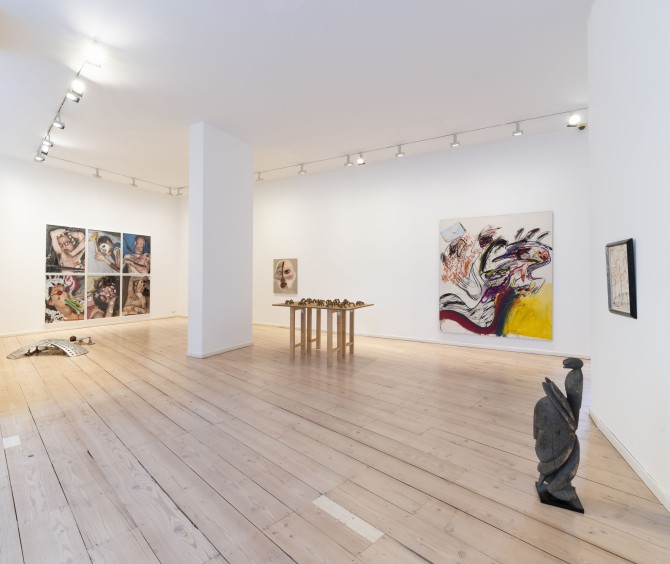
Installation View Galerie Georg Nothelfer. Raimund Kummer, Christian Jankowski, Sara Sizer, Mahdad Alizadeh, Walter Stöhrer, Anonym, Horst Antes. Photo: Gernot Seeliger
Christian Jankowski, We are all innocent when we sleep, 2018, Potographs, 126 x 100 cm. Arnulf Rainer, Untitled, Ffrom the series "Gesichter mit Goya", 1983/1984, Overpainting of photo reproduction, 61 x 50,5 cm. Photo: Gernot Seeliger
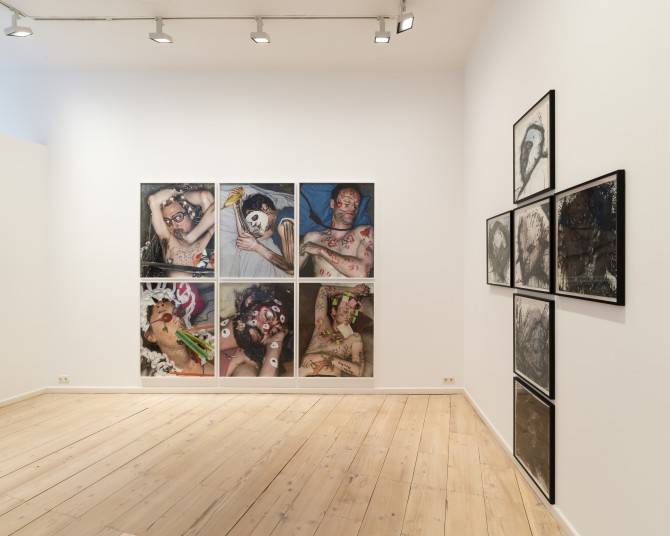
Christian Jankowski, We are all innocent when we sleep, 2018, Potographs, 126 x 100 cm. Arnulf Rainer, Untitled, Ffrom the series "Gesichter mit Goya", 1983/1984, Overpainting of photo reproduction, 61 x 50,5 cm. Photo: Gernot Seeliger
Installation View Galerie Georg Nothelfer. Christian Jankowski, We are all innocent when we sleep, 2018, Photographs, 126 x 100 cm. Photo: Gernot Seeliger
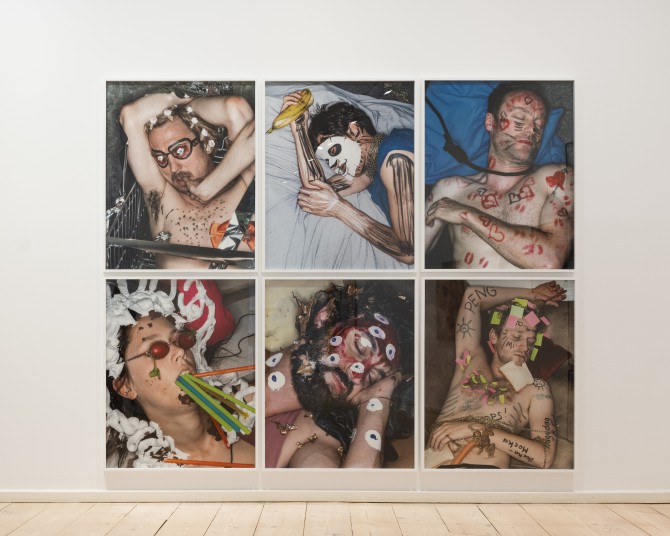
Installation View Galerie Georg Nothelfer. Christian Jankowski, We are all innocent when we sleep, 2018, Photographs, 126 x 100 cm. Photo: Gernot Seeliger
Christian Janowski, We are innocent when we sleep- »I also prefer flying economy to businessclass.« (Lars Eidinger), 2018, Photography, 126 x 100 cm. Courtesy of the artist
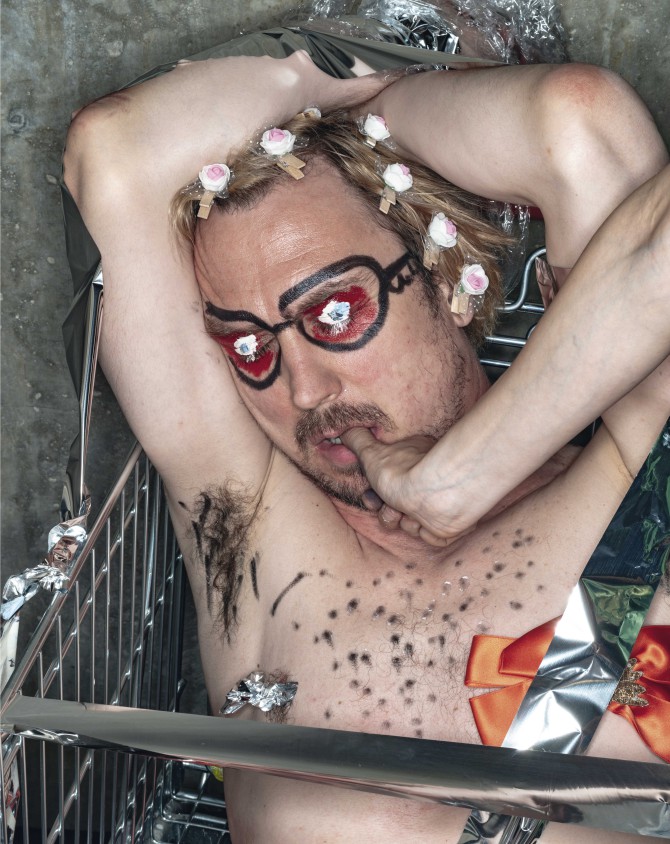
Christian Janowski, We are innocent when we sleep- »I also prefer flying economy to businessclass.« (Lars Eidinger), 2018, Photography, 126 x 100 cm. Courtesy of the artist
Christian Janowski, We are innocent when we sleep- »Funny, but also a bit fishy .« (Nina Kunzendorf), 2018, Photography, 126 x 100 cm. Courtesy of the artist
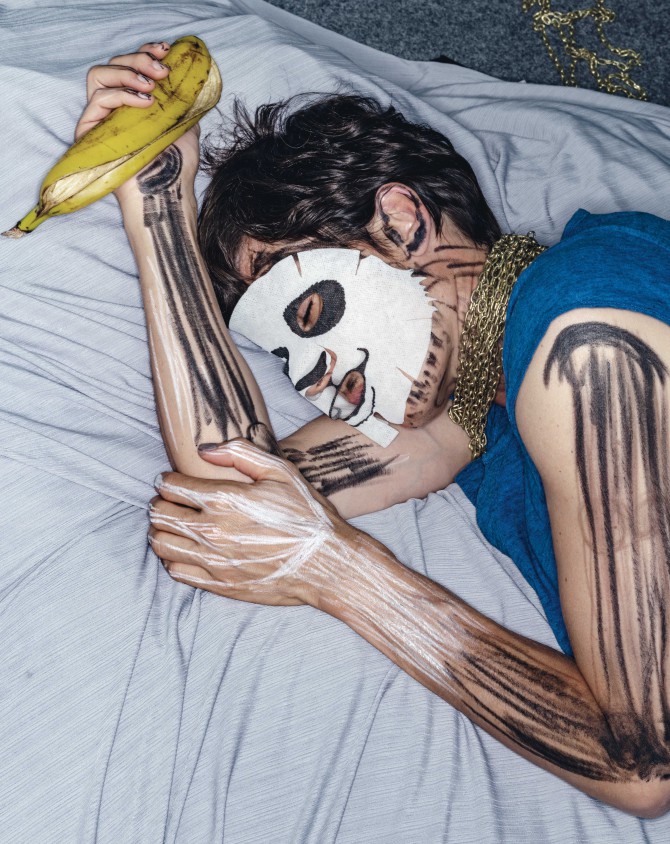
Christian Janowski, We are innocent when we sleep- »Funny, but also a bit fishy .« (Nina Kunzendorf), 2018, Photography, 126 x 100 cm. Courtesy of the artist
Christian Janowski, We are innocent when we sleep- »Piffling trifels… cheese master… class struggle.« (Mark Waschke), 2018, Photography, 126 x 100 cm. Courtesy of the artist
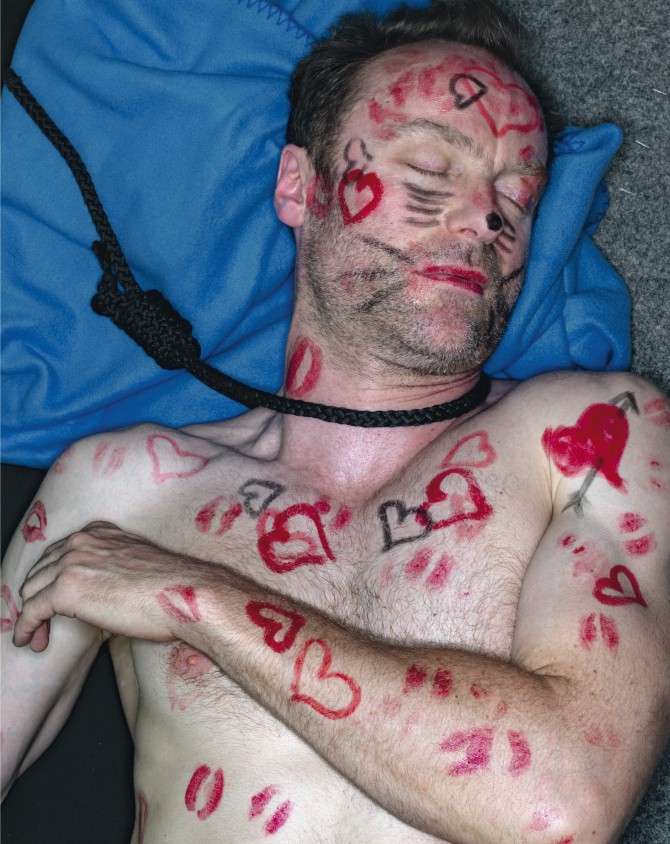
Christian Janowski, We are innocent when we sleep- »Piffling trifels… cheese master… class struggle.« (Mark Waschke), 2018, Photography, 126 x 100 cm. Courtesy of the artist
Raimund Kummer, Untitled, 1984 - 1995, Glass brain with vegetable strainer, ca. 150 x 120 cm (variable size)
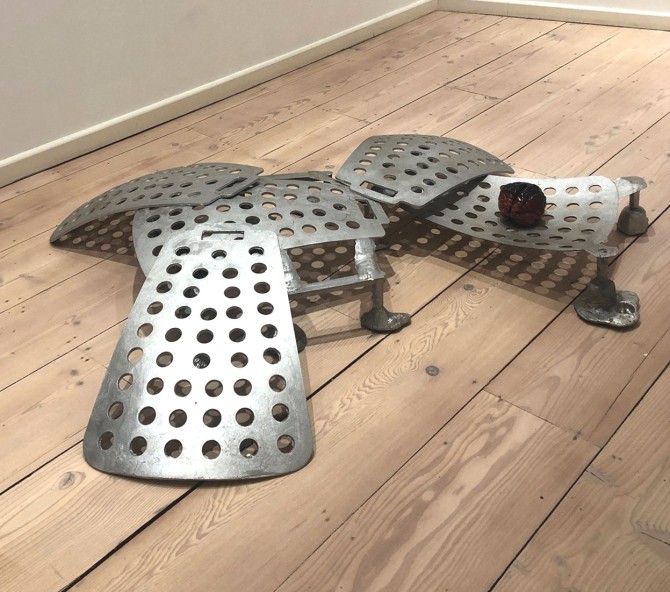
Raimund Kummer, Untitled, 1984 - 1995, Glass brain with vegetable strainer, ca. 150 x 120 cm (variable size)
Installation View. Foto: Gernot Seeliger
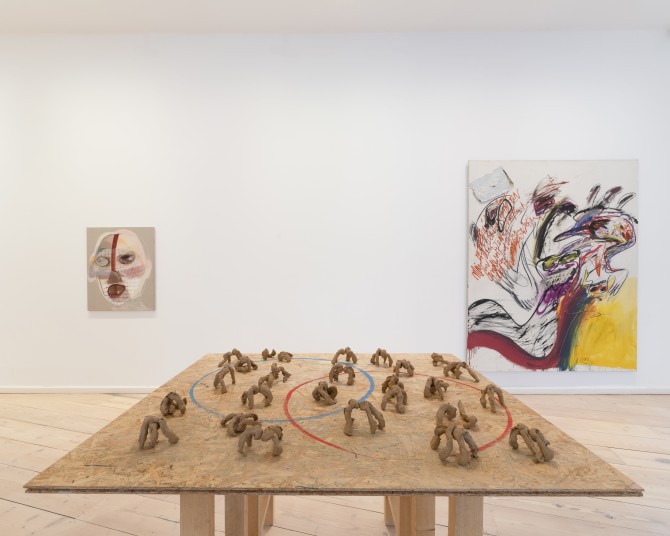
Installation View. Foto: Gernot Seeliger
Sara Sizer, Fremde #5, 2018, Oil on bleached linen, 100 x 80 cm. Photo: Marcus Schneider
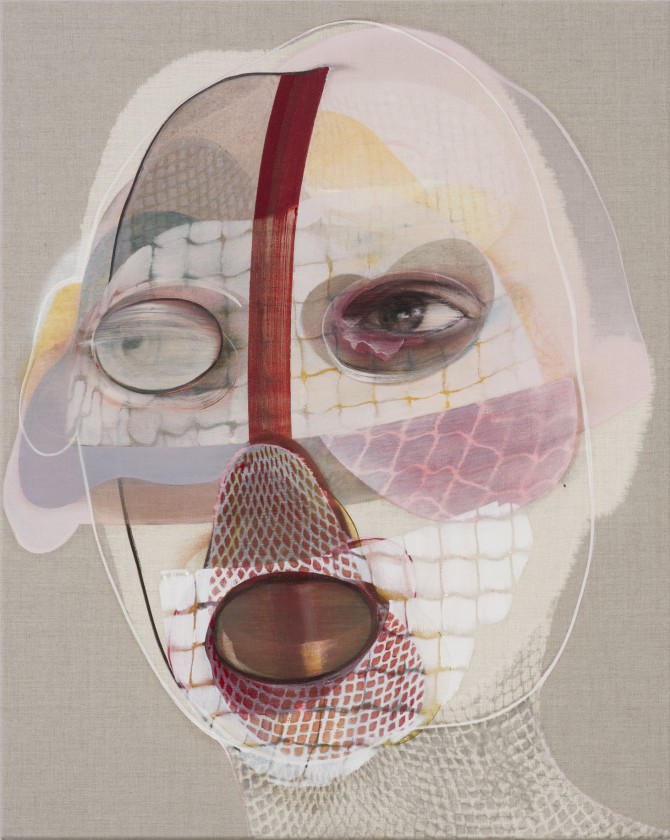
Sara Sizer, Fremde #5, 2018, Oil on bleached linen, 100 x 80 cm. Photo: Marcus Schneider
Walter Stöhrer, 1983, Mein Leben auf Widerruf, Mixed media on canvas, 250 x 200 cm
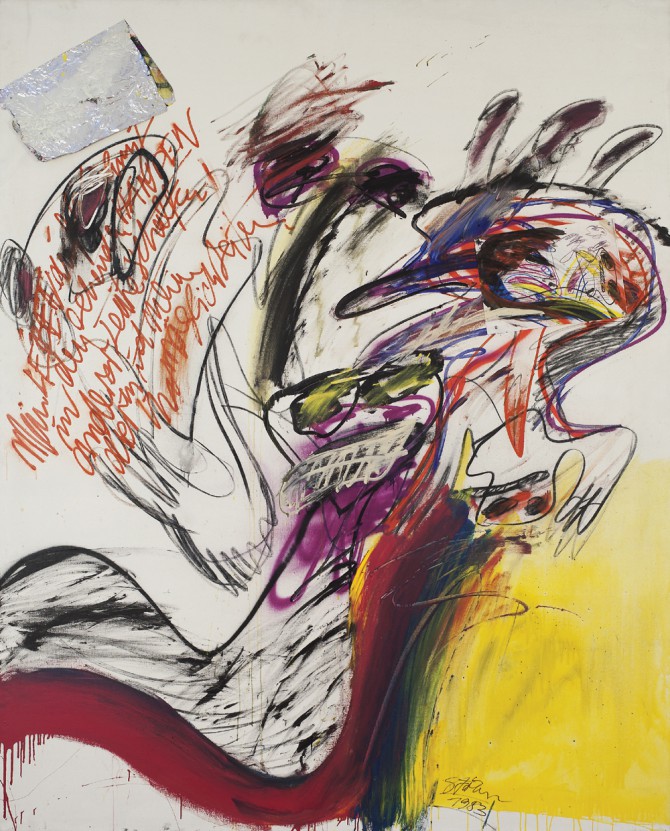
Walter Stöhrer, 1983, Mein Leben auf Widerruf, Mixed media on canvas, 250 x 200 cm
Installation View Galerie Georg Nothelfer. Horst Antes, Anonym, Karl L., Walter Stöhrer, Augustin Wilhelm Schnietz, Anonym, Anonym, Mahdad Alizadeh, Gerhard Hoehme. Photo: Gernot Seeliger
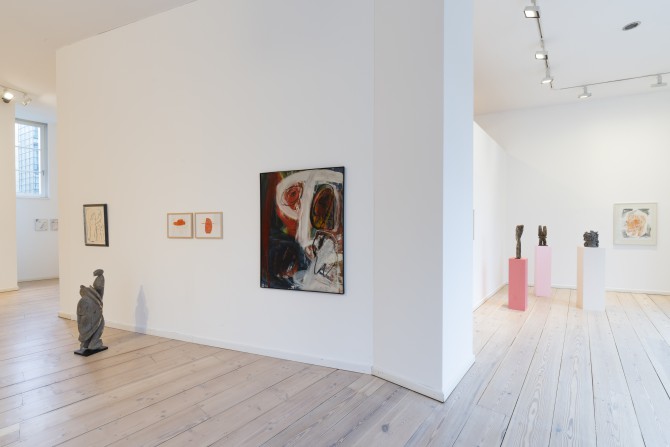
Installation View Galerie Georg Nothelfer. Horst Antes, Anonym, Karl L., Walter Stöhrer, Augustin Wilhelm Schnietz, Anonym, Anonym, Mahdad Alizadeh, Gerhard Hoehme. Photo: Gernot Seeliger
Horst Antes, Untitled, 1966, Aquarell on velin, 54 x 42 cm
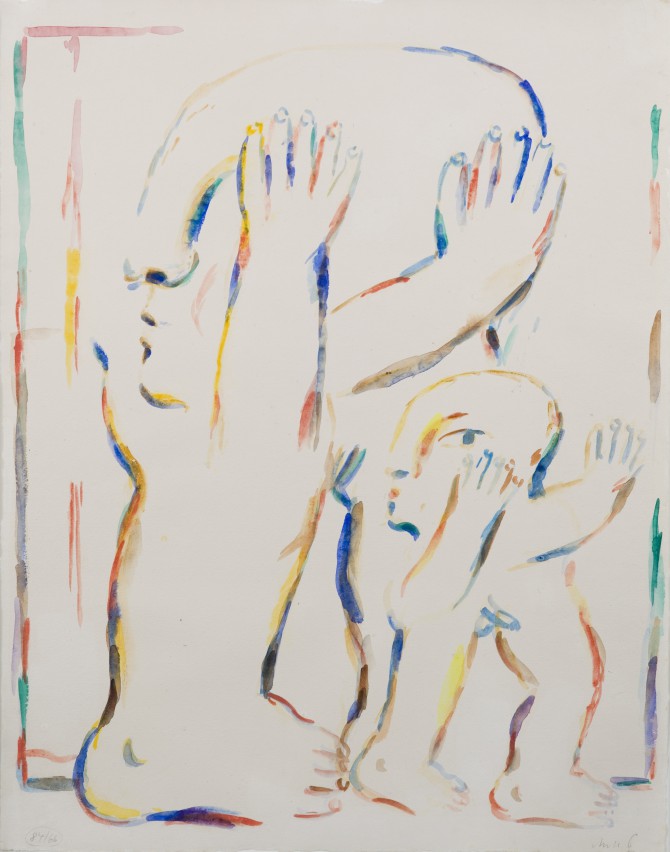
Horst Antes, Untitled, 1966, Aquarell on velin, 54 x 42 cm
Anonymos, Head footer from the culture of the Abelam (Papua New Guinea), 1970/80s, Wood carved, only minimal remains of the original colored version still present, 95 x 15 x 15 cm
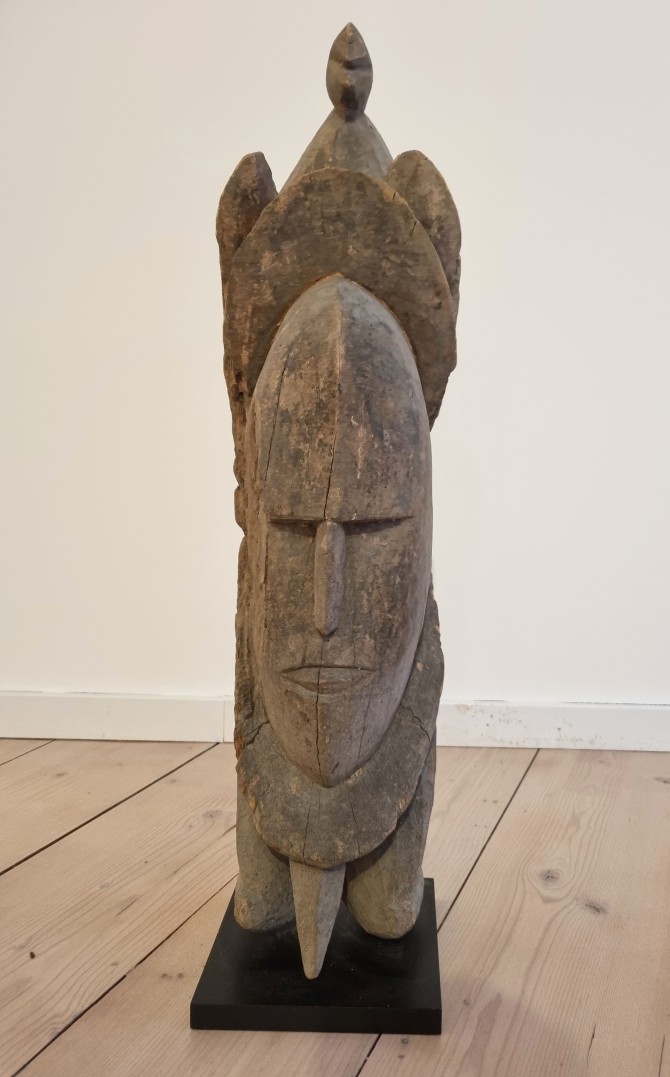
Anonymos, Head footer from the culture of the Abelam (Papua New Guinea), 1970/80s, Wood carved, only minimal remains of the original colored version still present, 95 x 15 x 15 cm
Karl L., Untitled, 1979-80, Crayon, ball pen, paper, 21 x 29 cm
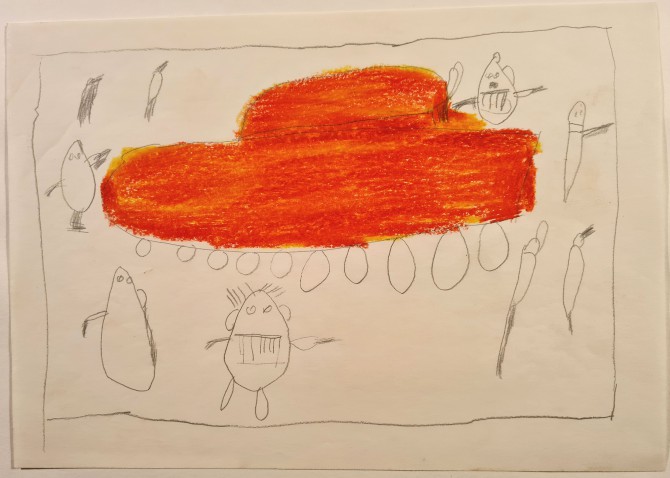
Karl L., Untitled, 1979-80, Crayon, ball pen, paper, 21 x 29 cm
Walter Stöhrer, Kopf, approx. 1964, Oil on canvas, 130 x 99,5 cm
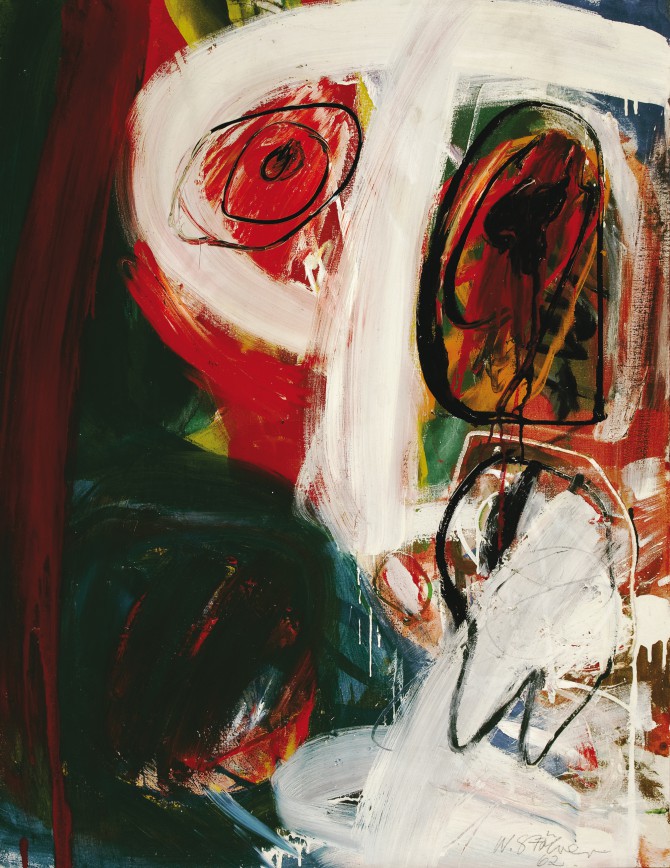
Walter Stöhrer, Kopf, approx. 1964, Oil on canvas, 130 x 99,5 cm
Installation View Galerie Georg Nothelfer. Left both Augustin Wilhelm Schnietz, Anonym, Anonym, Mahdad Alizadeh, Gerhard Hoehme. Photo: Gernot Seeliger
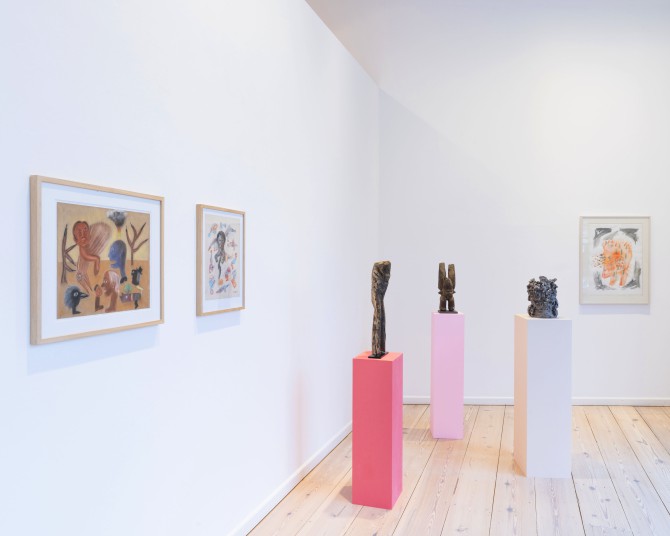
Installation View Galerie Georg Nothelfer. Left both Augustin Wilhelm Schnietz, Anonym, Anonym, Mahdad Alizadeh, Gerhard Hoehme. Photo: Gernot Seeliger
Anonymos, Culture of the Sukuma (Tanzania / East Africa), 1970/80s, Fetish figure (head-footer), only minimally worked branch fork, 60 x 20 x 15 cm
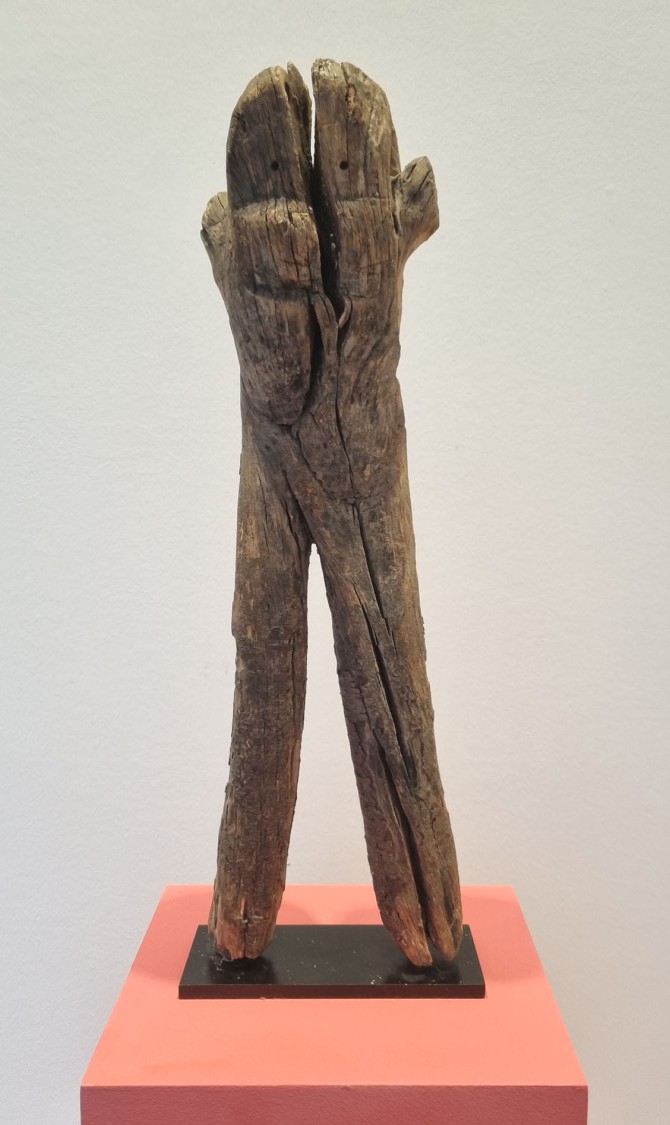
Anonymos, Culture of the Sukuma (Tanzania / East Africa), 1970/80s, Fetish figure (head-footer), only minimally worked branch fork, 60 x 20 x 15 cm
Anonymos, Culture of the Ibo (Nigeria / West Africa), 1970/80s, Ikenga figure (head-footer), carved Wood, 41 x 15 x 15 cm
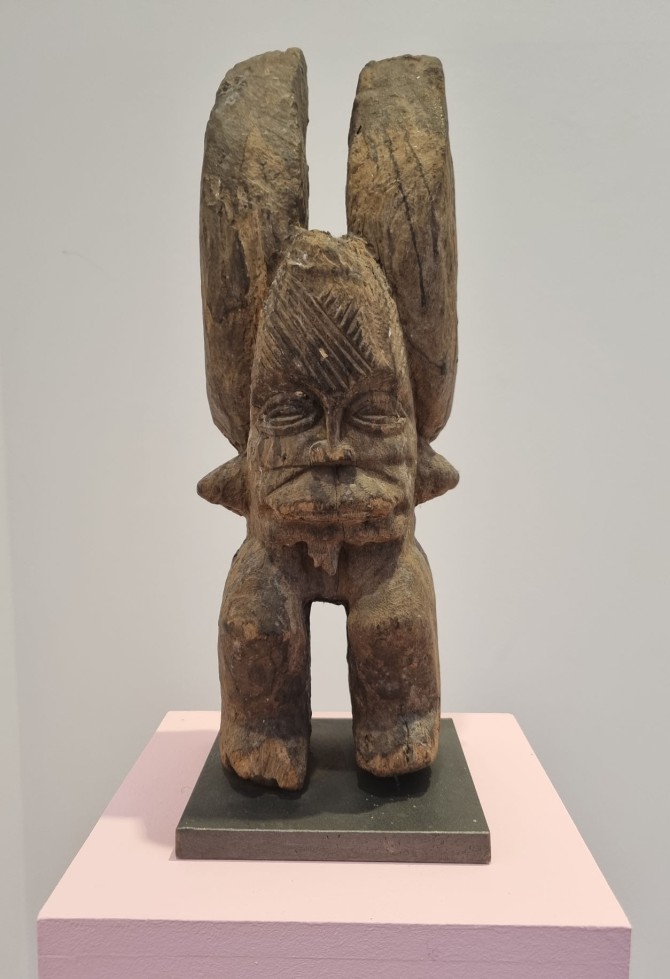
Anonymos, Culture of the Ibo (Nigeria / West Africa), 1970/80s, Ikenga figure (head-footer), carved Wood, 41 x 15 x 15 cm
Mahdad Alizadeh, Untitled, 2017, Clay, 33 x 22 x 26 cm
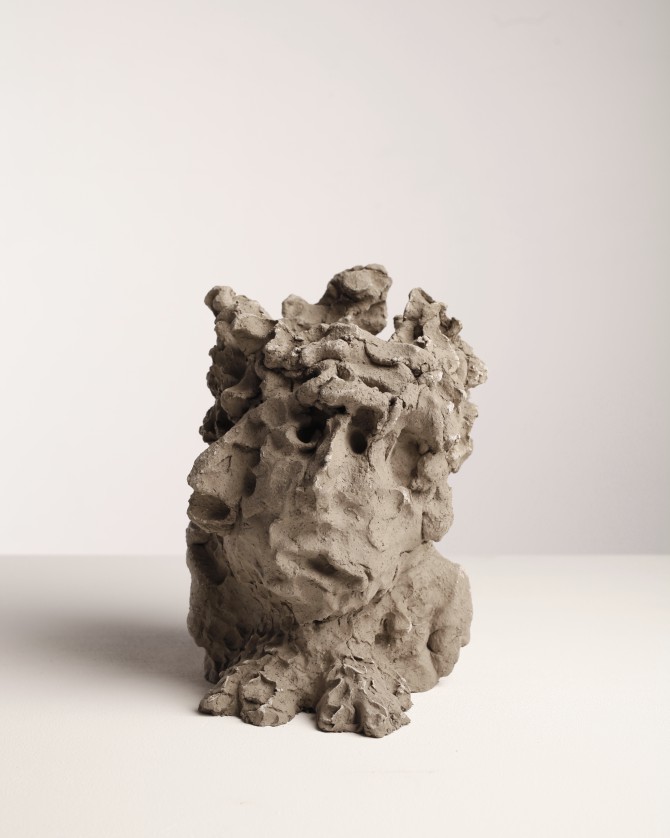
Mahdad Alizadeh, Untitled, 2017, Clay, 33 x 22 x 26 cm
Gerhard Hoehme, Mediator Störfall, 1979, Aquarell on paper, 72,5 x 54 cm
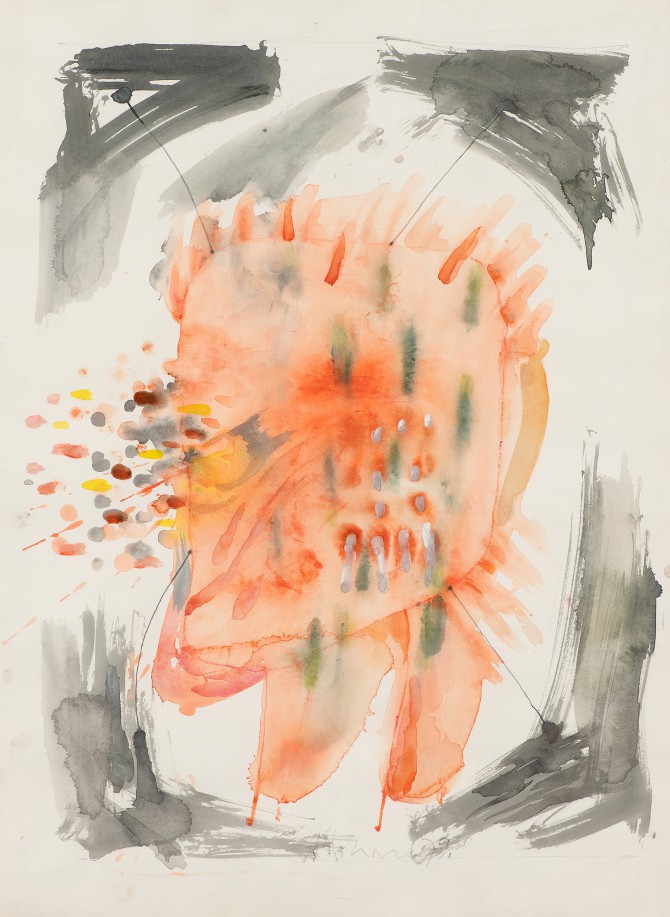
Gerhard Hoehme, Mediator Störfall, 1979, Aquarell on paper, 72,5 x 54 cm
Stella Geppert, Intimacy Talk 3, 2015, Charcoal on paper, 160 x 160 cm. Toni Mauersberg, Der lange Abschied (Abendland), 2021, Oil on canvas, 40 x 30 cm. Photo: Gernot Seeliger
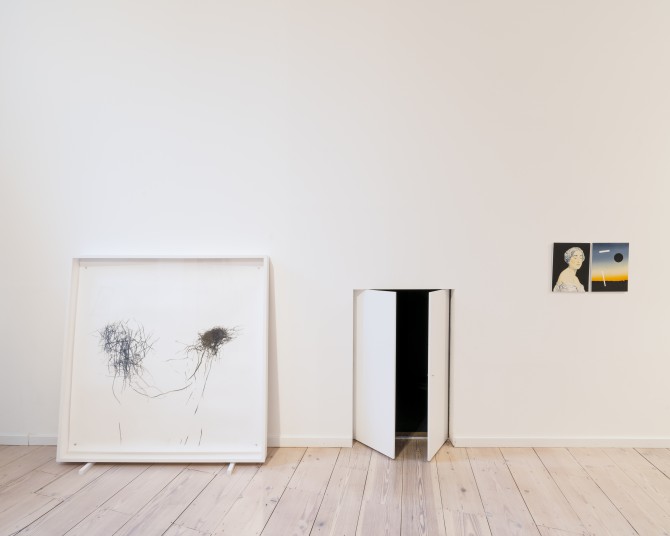
Stella Geppert, Intimacy Talk 3, 2015, Charcoal on paper, 160 x 160 cm. Toni Mauersberg, Der lange Abschied (Abendland), 2021, Oil on canvas, 40 x 30 cm. Photo: Gernot Seeliger
Toni Mauersberg, Der lange Abschied (Abendland), 2021, Oil/ canvas, 40 x 30 cm each
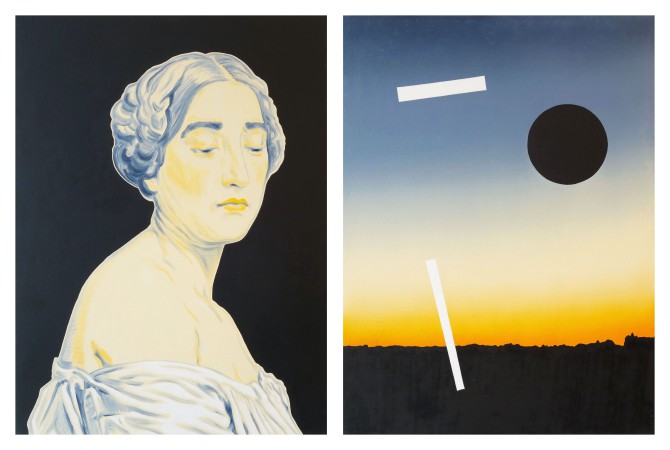
Toni Mauersberg, Der lange Abschied (Abendland), 2021, Oil/ canvas, 40 x 30 cm each
Christian Jankowski, We are all innocent when we sleep, 2018, Video,
(25:01 min, 16:9, color, sound, German with English subtitles), Edition of 10, II
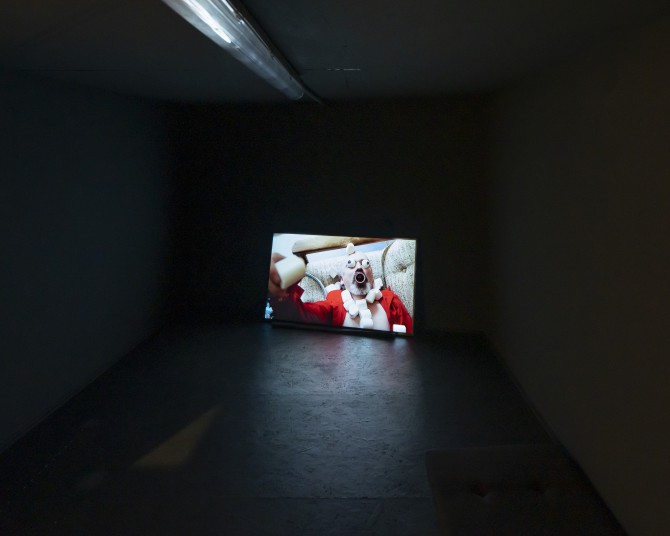
Christian Jankowski, We are all innocent when we sleep, 2018, Video,
(25:01 min, 16:9, color, sound, German with English subtitles), Edition of 10, II
Installation View Galerie Georg Nothelfer. Toni Mauersberg, Britta Lumer, Manuel Kirsch. Photo: Gernot Seeliger
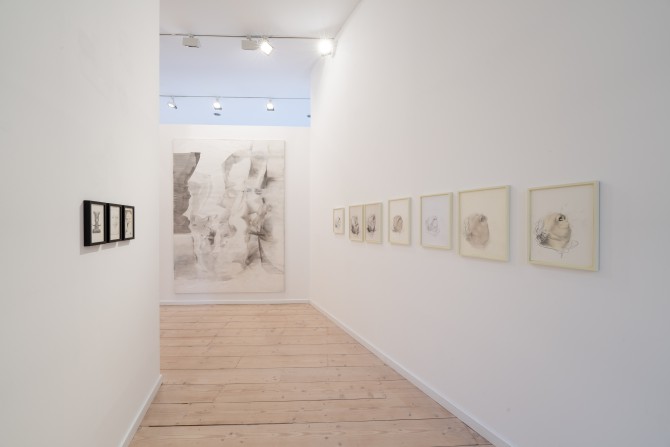
Installation View Galerie Georg Nothelfer. Toni Mauersberg, Britta Lumer, Manuel Kirsch. Photo: Gernot Seeliger
Toni Mauersberg, St. Fauli, 2021, Crayon on paper, 21 x 14,8 cm
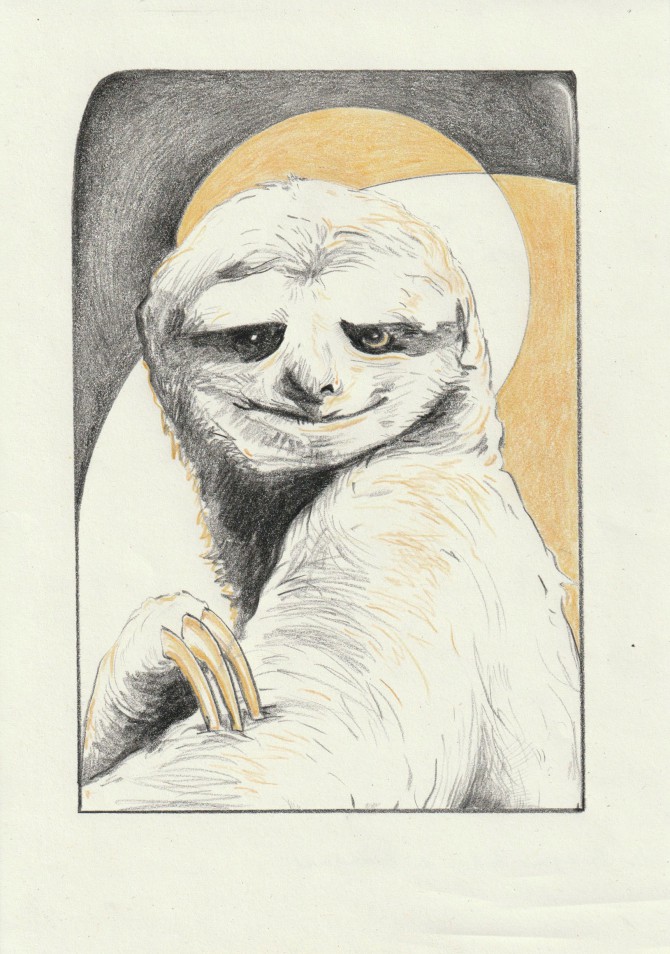
Toni Mauersberg, St. Fauli, 2021, Crayon on paper, 21 x 14,8 cm
Britta Lumer, Untitled, 2022, Ink on paper, mounted on canvas, 280 x 200 cm
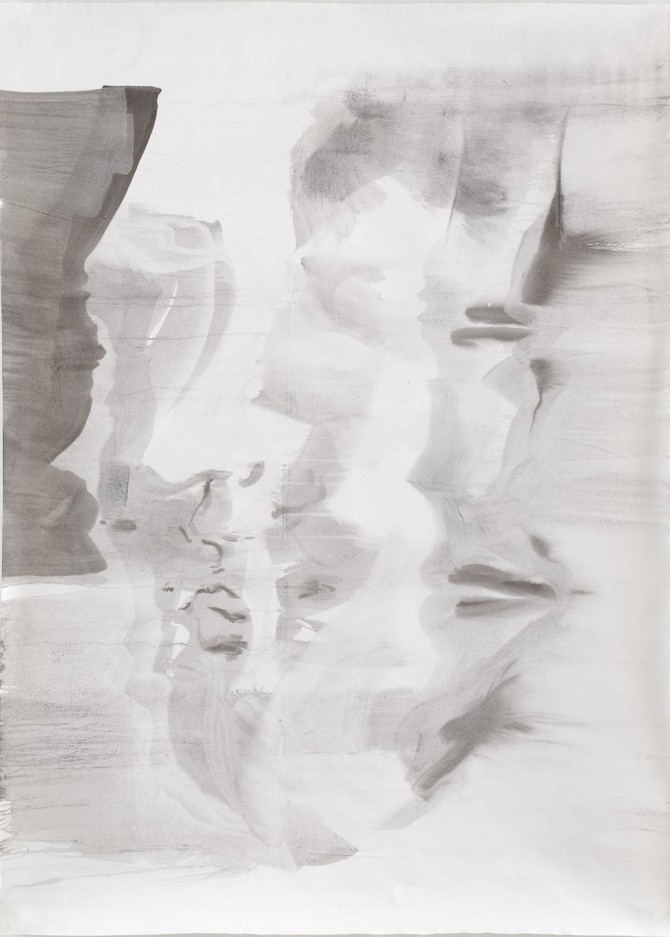
Britta Lumer, Untitled, 2022, Ink on paper, mounted on canvas, 280 x 200 cm
Manuel Kirsch, Romance of pain, 2020-21, Graphite and pastelchalk on paper, 42 x 29,7 cm
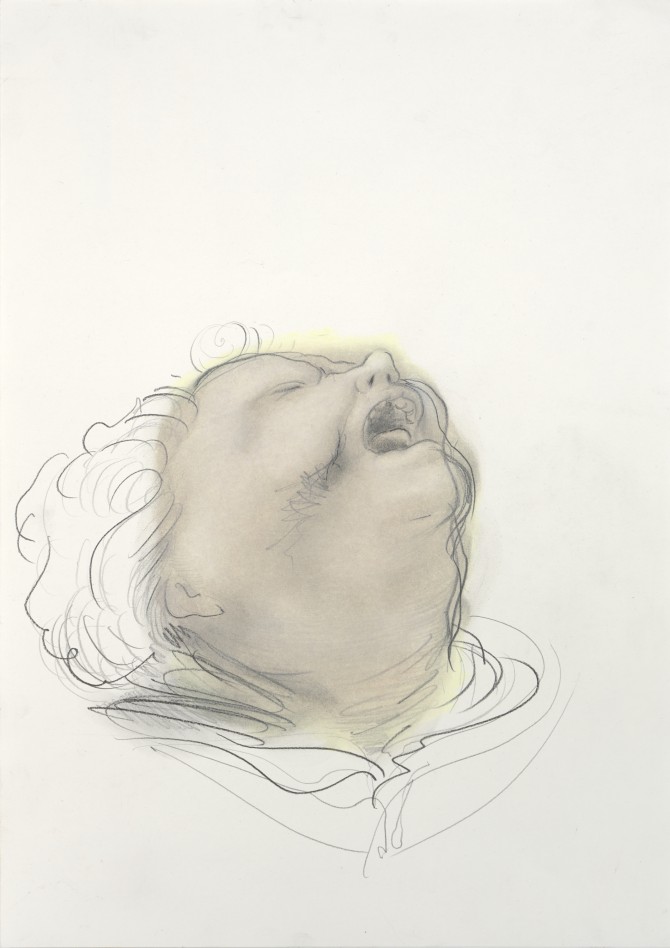
Manuel Kirsch, Romance of pain, 2020-21, Graphite and pastelchalk on paper, 42 x 29,7 cm
Manuel Kirsch, Romance of pain, 2020-21, Graphite and pastelchalk on paper, 42 x 29,7 cm
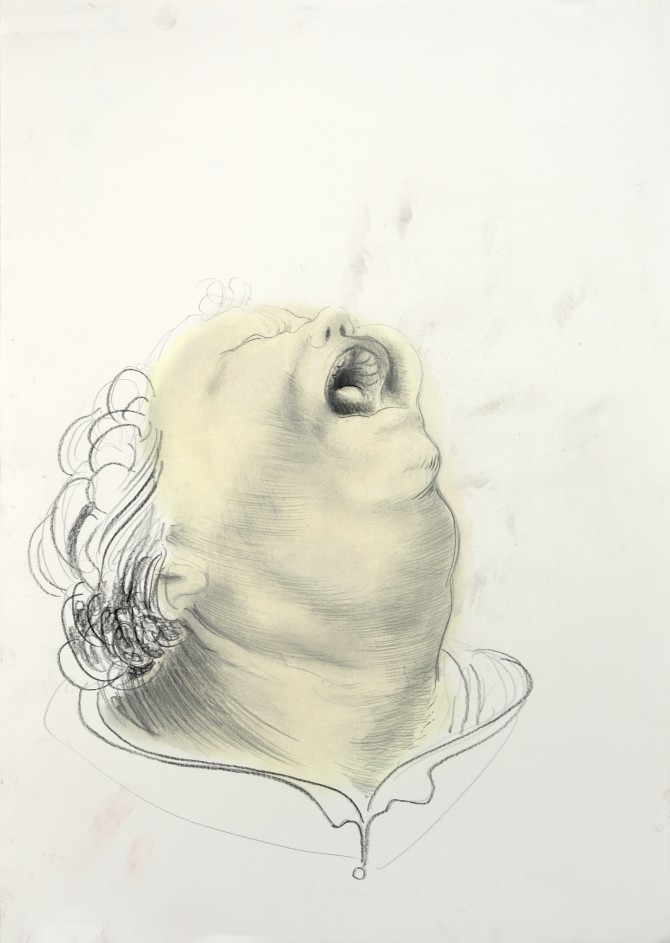
Manuel Kirsch, Romance of pain, 2020-21, Graphite and pastelchalk on paper, 42 x 29,7 cm
Manuel Kirsch, Romance of pain, 2020-21, Graphite and charcoal on paper, 42 x 29,7 cm
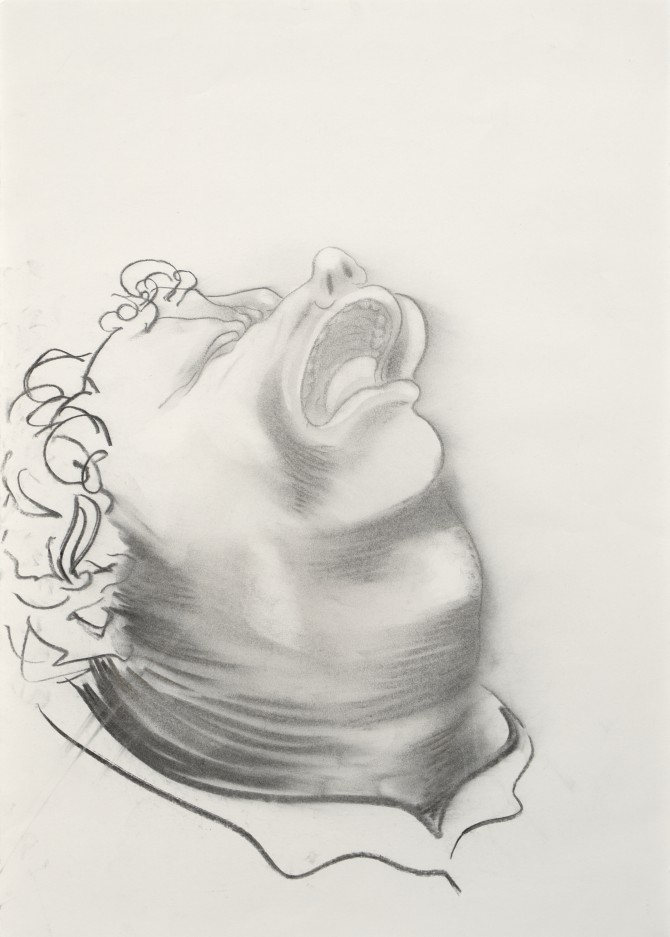
Manuel Kirsch, Romance of pain, 2020-21, Graphite and charcoal on paper, 42 x 29,7 cm
Manuel Kirsch, Romance of pain, 2020-21, Graphite and ink-jet print on paper, 42 x 29,7 cm
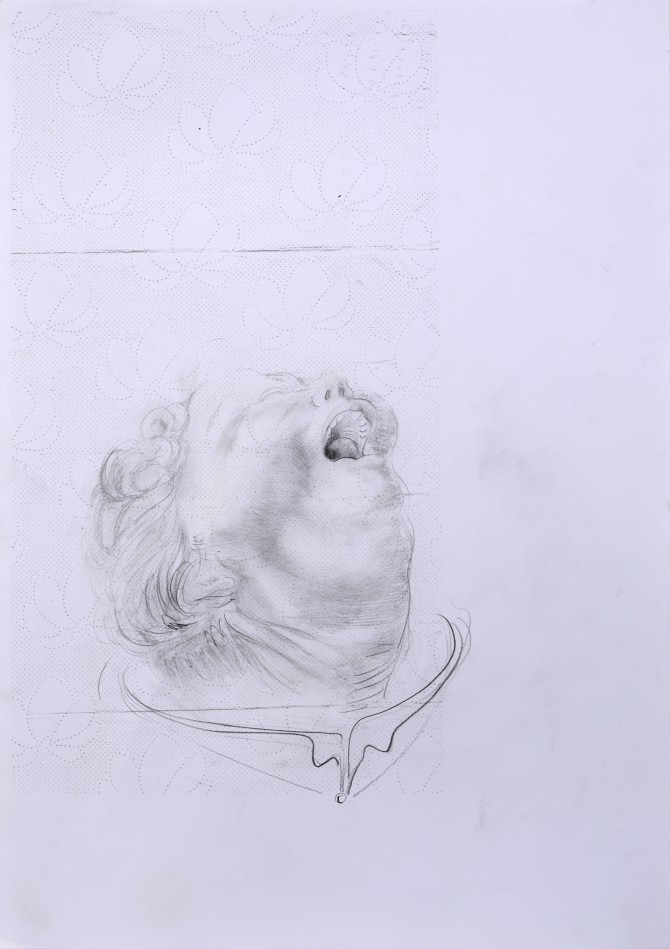
Manuel Kirsch, Romance of pain, 2020-21, Graphite and ink-jet print on paper, 42 x 29,7 cm
Installation View Galerie Georg Nothelfer. Toni Mauersberg, Herni Michaux, Mahdad Alizadeh. Photo: Gernot Seeliger
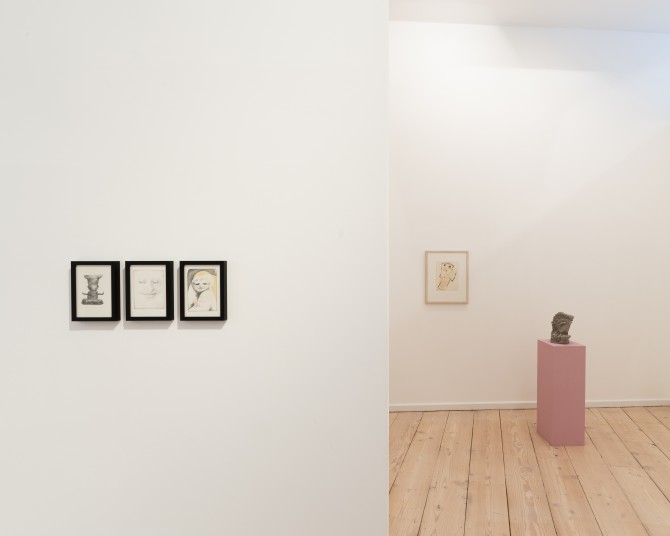
Installation View Galerie Georg Nothelfer. Toni Mauersberg, Herni Michaux, Mahdad Alizadeh. Photo: Gernot Seeliger
Henri Michaux, Untitled, approx. 1970, Mixed media on paper, 32 x 24 cm
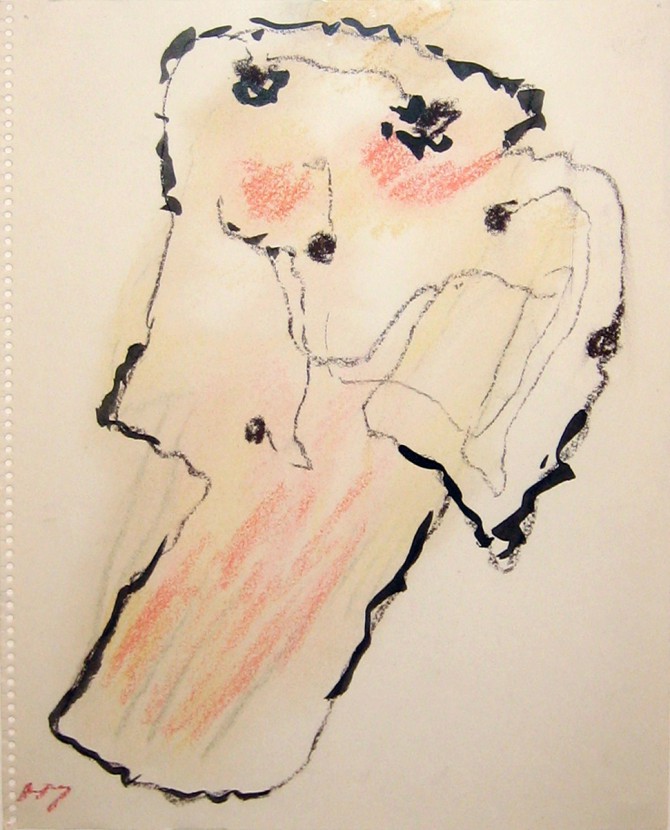
Henri Michaux, Untitled, approx. 1970, Mixed media on paper, 32 x 24 cm
Mahdad Alizadeh, Untitled, 2017, Clay, 33 x 22 x 26 cm
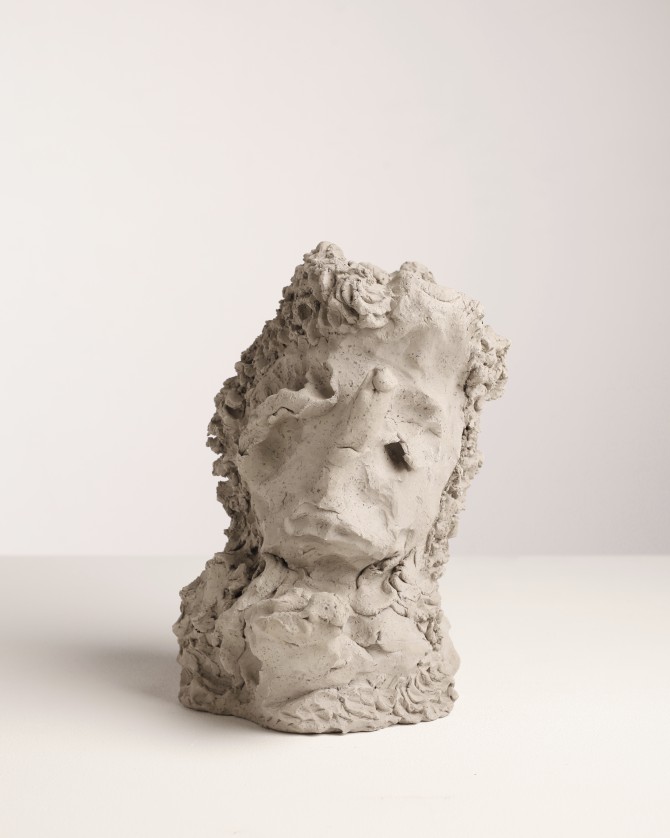
Mahdad Alizadeh, Untitled, 2017, Clay, 33 x 22 x 26 cm
Installation View Galerie Georg Nothelfer. László Lakner, Thomas Hartmann, Max Neumann, Britta Lumer. Photo: Gernot Seeliger
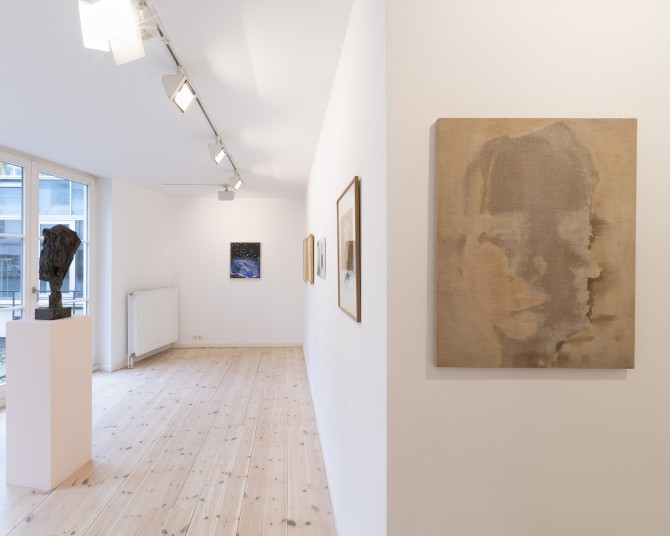
Installation View Galerie Georg Nothelfer. László Lakner, Thomas Hartmann, Max Neumann, Britta Lumer. Photo: Gernot Seeliger
Thomas Hartmann, Untitled, 2022, Oil on canvas, 60 x 50 cm
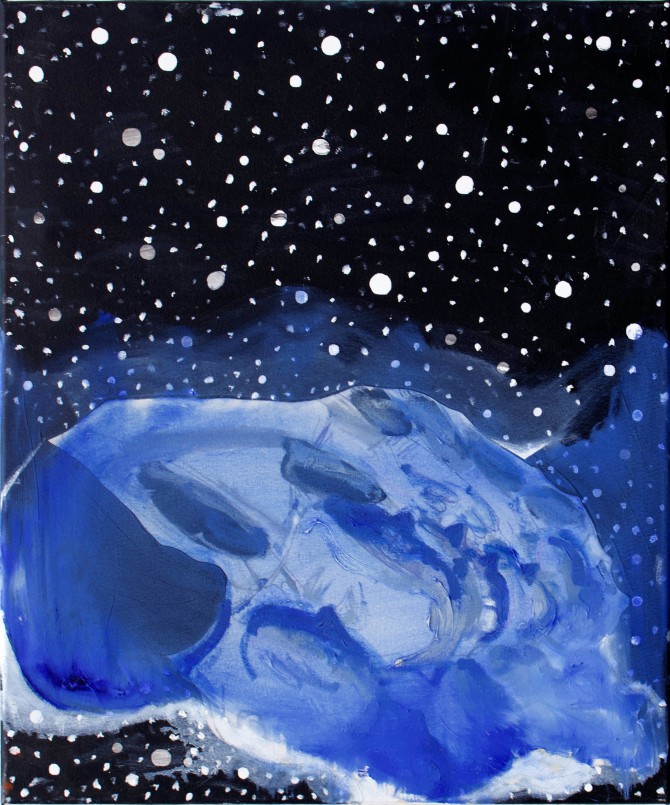
Thomas Hartmann, Untitled, 2022, Oil on canvas, 60 x 50 cm
Thomas Hartmann, Mann mit vielen Gesichtern, 2021, Mixed media on paper, 42 x 29,7 cm
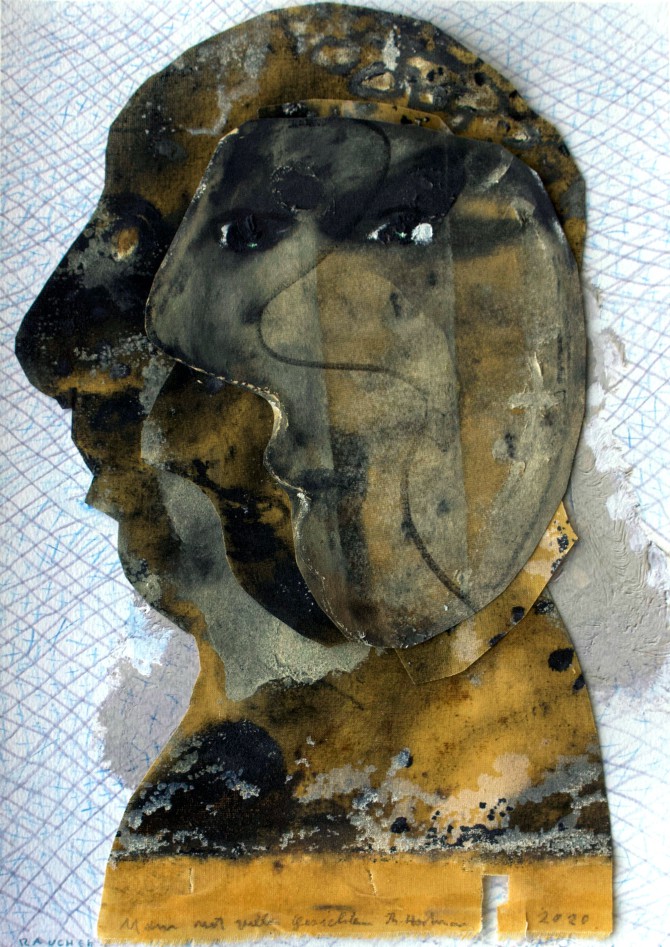
Thomas Hartmann, Mann mit vielen Gesichtern, 2021, Mixed media on paper, 42 x 29,7 cm
Britta Lumer, Untitled, 2015, Bleach and acrylic on canvas, 70 x 55 cm
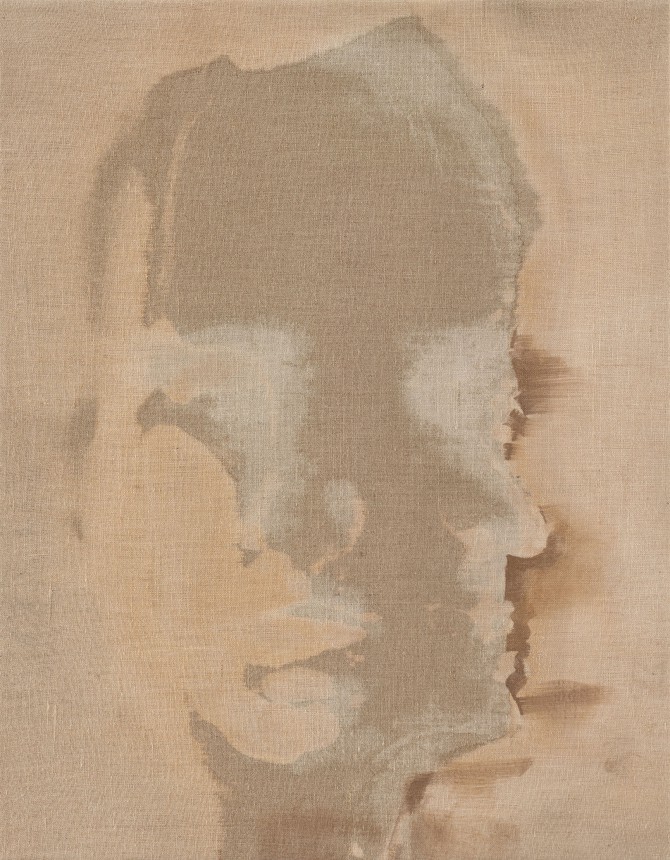
Britta Lumer, Untitled, 2015, Bleach and acrylic on canvas, 70 x 55 cm
Installation View Galerie Georg Nothelfer. Toni Mauersberg, László Lakner, Jan Voss, Sara Sizer. Photo: Gernot Seeliger
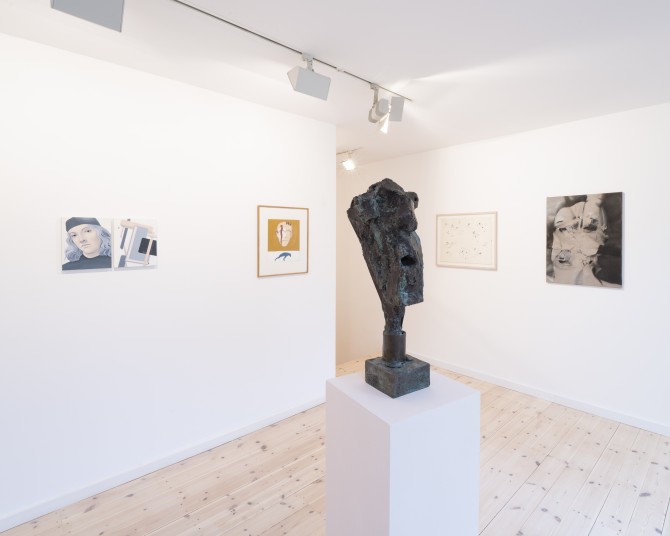
Installation View Galerie Georg Nothelfer. Toni Mauersberg, László Lakner, Jan Voss, Sara Sizer. Photo: Gernot Seeliger
Toni Mauersberg, Giovanotto, 2020, Oil on canvas on wood, 30 x 23 cm
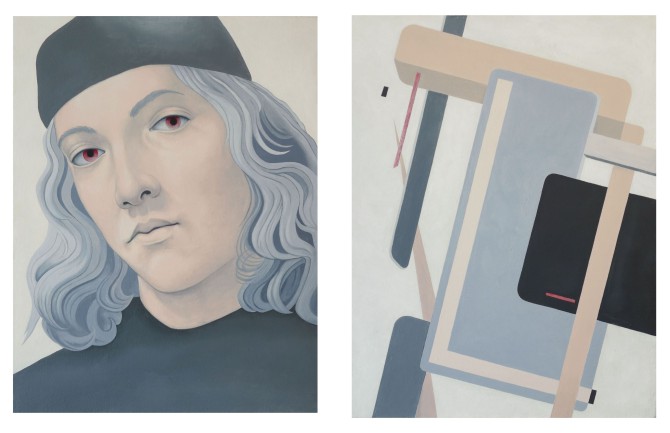
Toni Mauersberg, Giovanotto, 2020, Oil on canvas on wood, 30 x 23 cm
Sara Sizer, Person #5, 2018, Email on linen, 80 x 60 cm. Photo: Marcus Schneider
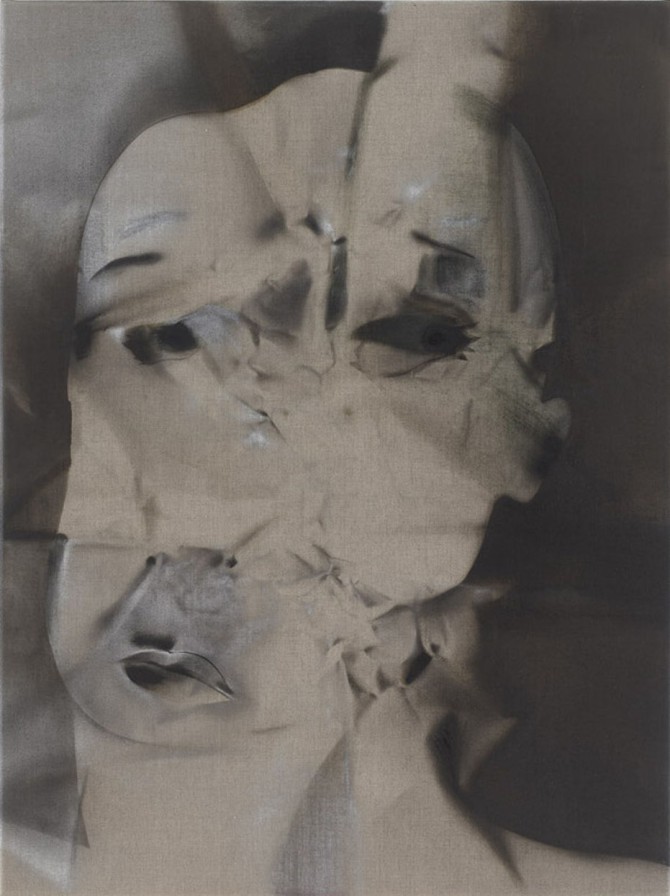
Sara Sizer, Person #5, 2018, Email on linen, 80 x 60 cm. Photo: Marcus Schneider
Installation View Galerie Georg Nothelfer. Damien Daufresne, Stella Geppert, Sara Sizer, Britta Lumer, Stella Geppert. Photo: Gernot Seeliger
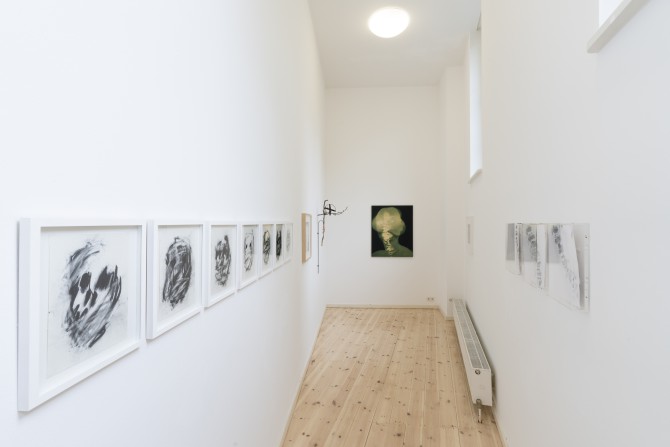
Installation View Galerie Georg Nothelfer. Damien Daufresne, Stella Geppert, Sara Sizer, Britta Lumer, Stella Geppert. Photo: Gernot Seeliger
Damien Daufresne, CRÂNE 09, 2015, Charcoal on paper, 30 x 24 cm
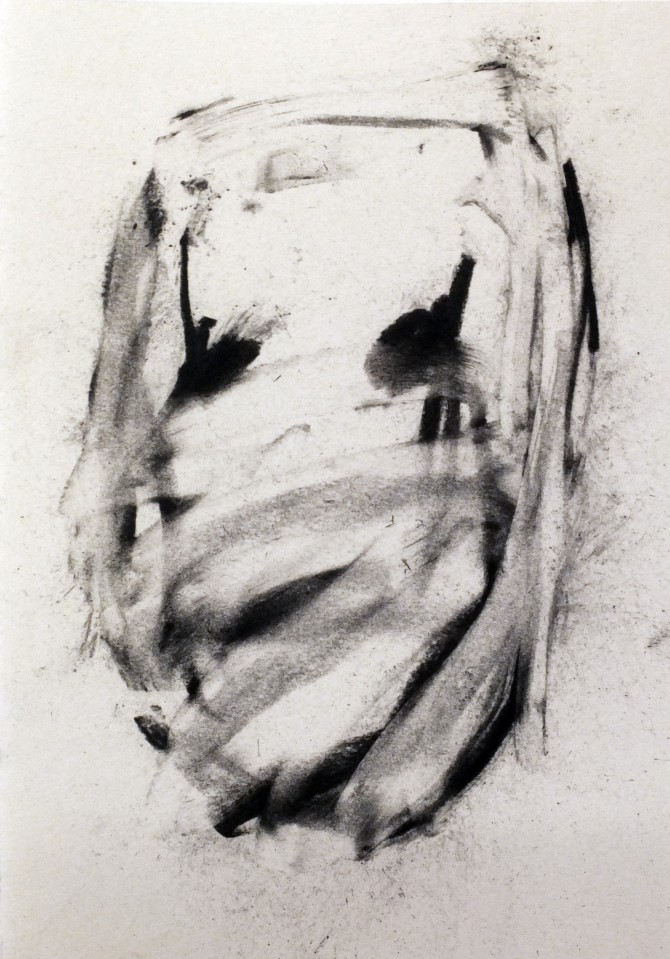
Damien Daufresne, CRÂNE 09, 2015, Charcoal on paper, 30 x 24 cm
Damien Daufresne, CRÂNE 02, Charcoal on paper, 30x24 cm
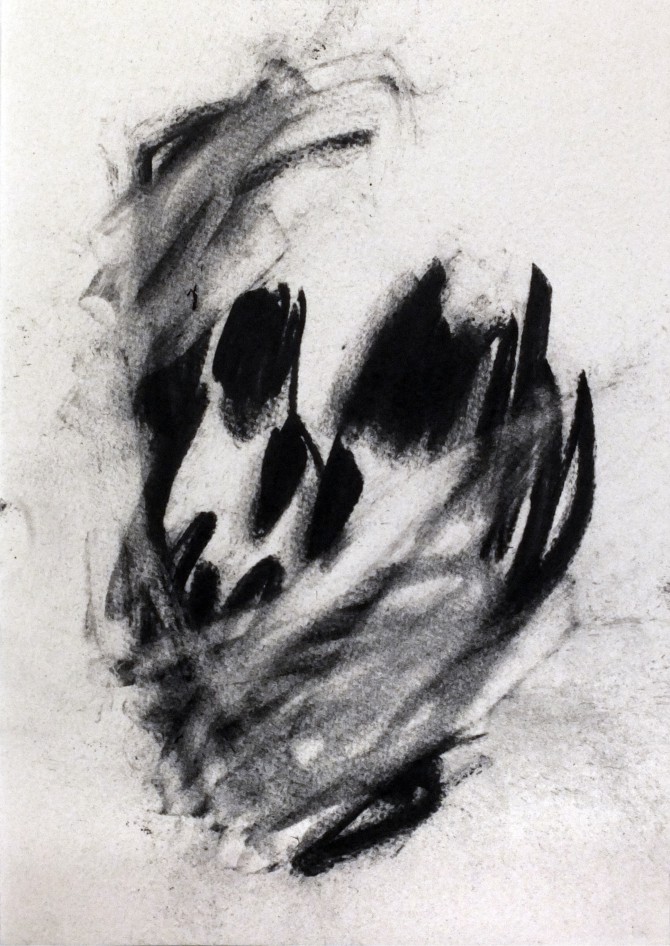
Damien Daufresne, CRÂNE 02, Charcoal on paper, 30x24 cm
Damien Daufresne, CRÂNE 10, 2015, Charcoal on paper, 30 x 24 cm
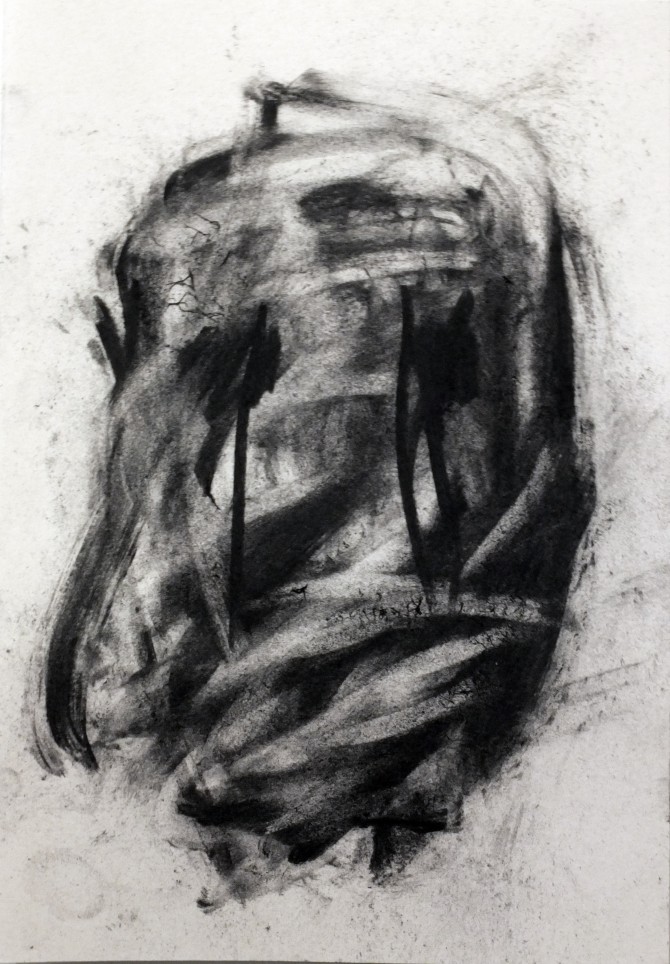
Damien Daufresne, CRÂNE 10, 2015, Charcoal on paper, 30 x 24 cm
Thomas Hartmann, Untitled (Zebra), 2009, Mixed media on paper, 34 x 24 cm
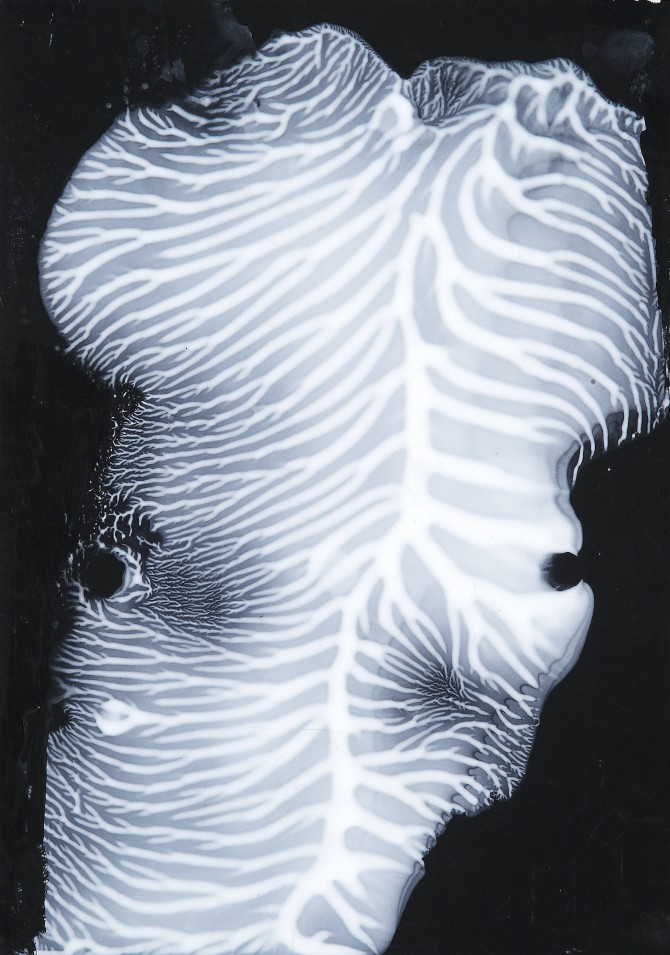
Thomas Hartmann, Untitled (Zebra), 2009, Mixed media on paper, 34 x 24 cm
Sara Sizer, Fremde #5, 2018, Black cotton on wood stretcher,
100 x 80 cm. Photo: Marcus Schneider
100 x 80 cm. Photo: Marcus Schneider
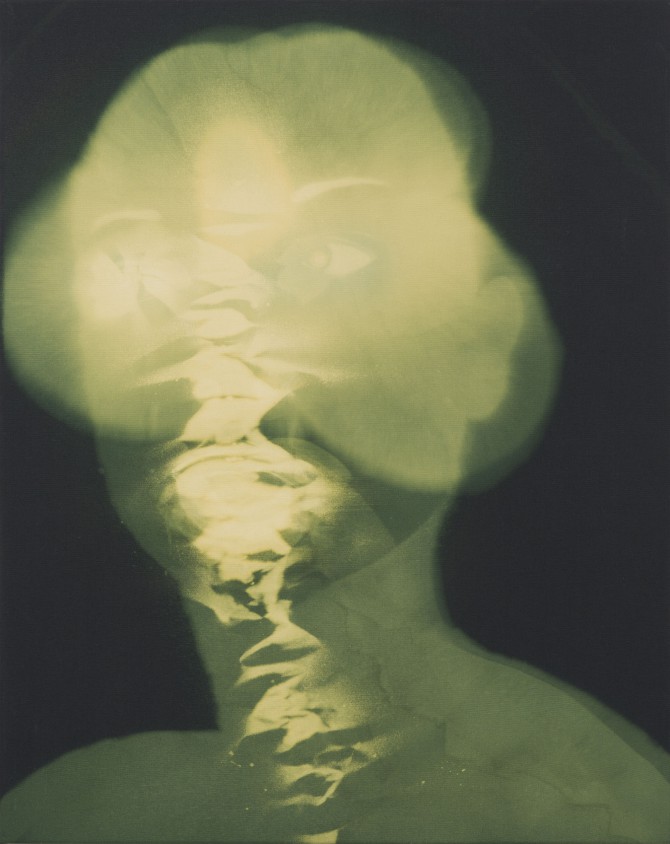
Sara Sizer, Fremde #5, 2018, Black cotton on wood stretcher,
100 x 80 cm. Photo: Marcus Schneider
100 x 80 cm. Photo: Marcus Schneider
Stella Geppert, Inventing the Spine (1-3), 2022, Graphite on fat/paper, 30 x 28 cm. Photo: Gernot Seeliger
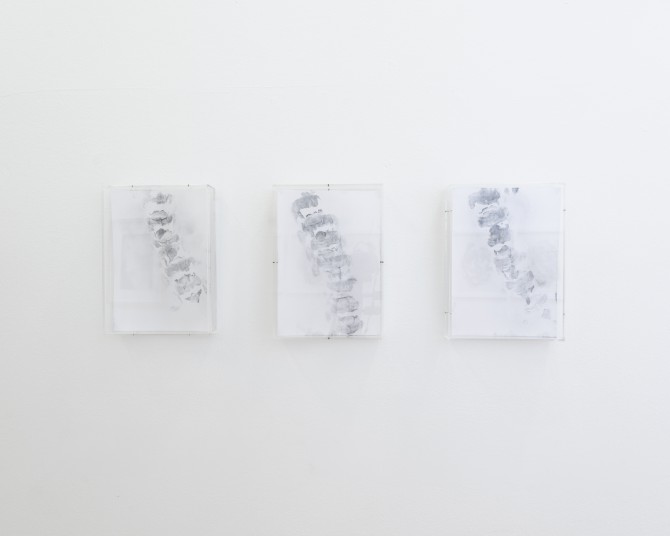
Stella Geppert, Inventing the Spine (1-3), 2022, Graphite on fat/paper, 30 x 28 cm. Photo: Gernot Seeliger
Stella Geppert, Inventing the Spine (1), 2022, Graphite on paper/fat, 30 x 28cm. Photo: Eric Tschernow
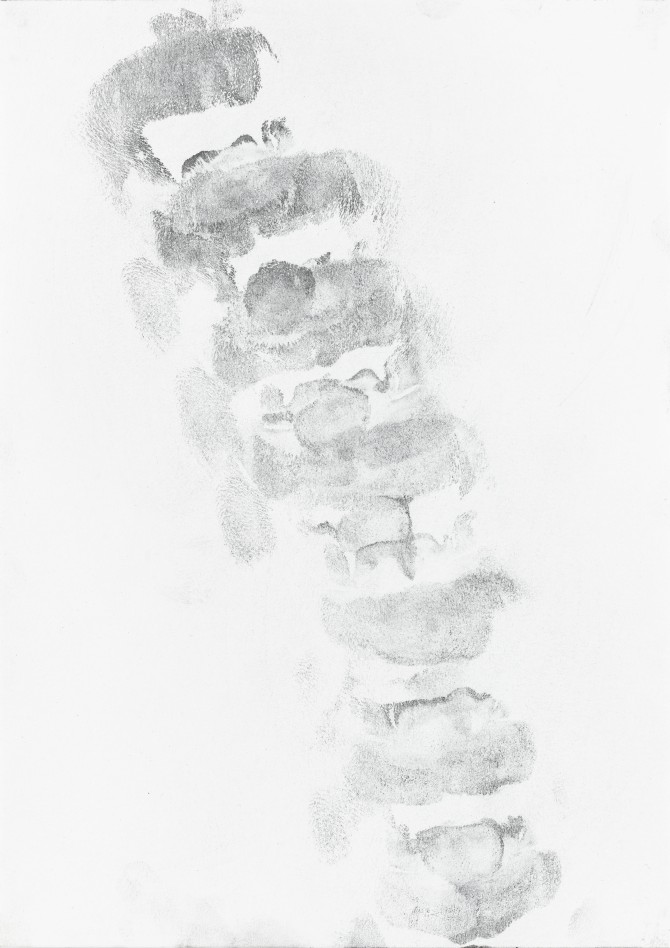
Stella Geppert, Inventing the Spine (1), 2022, Graphite on paper/fat, 30 x 28cm. Photo: Eric Tschernow
Damien Daufresne, Untitled (Masque), Silver gelatin print, Baryt paper, 36 x 31 cm
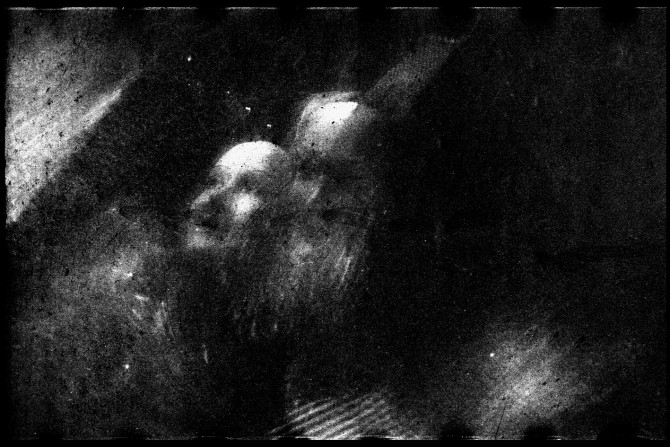
Damien Daufresne, Untitled (Masque), Silver gelatin print, Baryt paper, 36 x 31 cm
Installation View Galerie Georg Nothelfer. Damien Daufresne, Thomas Hartmann, Stella Geppert. Photo: Gernot Seeliger
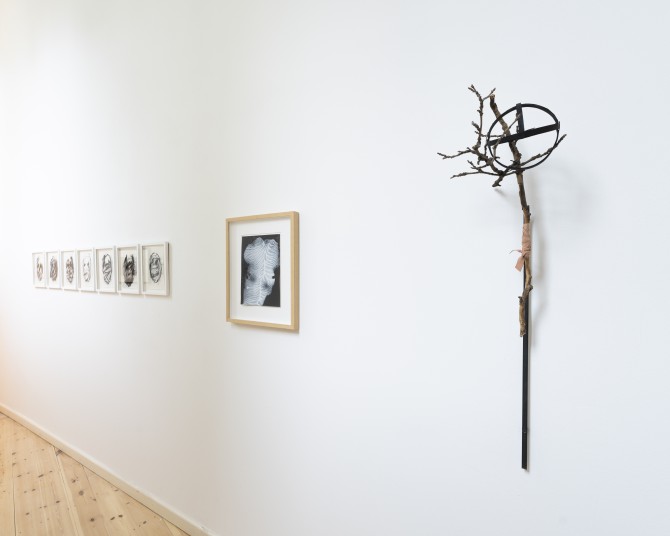
Installation View Galerie Georg Nothelfer. Damien Daufresne, Thomas Hartmann, Stella Geppert. Photo: Gernot Seeliger
Installation View Galerie Georg Nothelfer. Mahdad Alizadeh, Max Neumann, Christian Jankowski. Photo: Gernot Seeliger
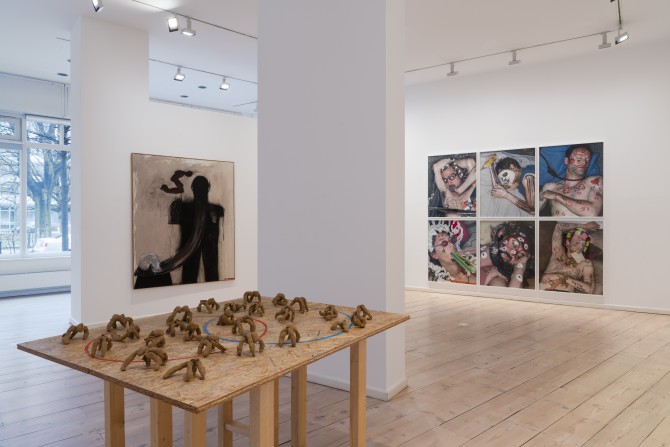
Installation View Galerie Georg Nothelfer. Mahdad Alizadeh, Max Neumann, Christian Jankowski. Photo: Gernot Seeliger
Installation View Galerie Georg Nothelfer. Gerhard Hoehme, Toni Mauersberg, László Lakner. Photo: Gernot Seeliger
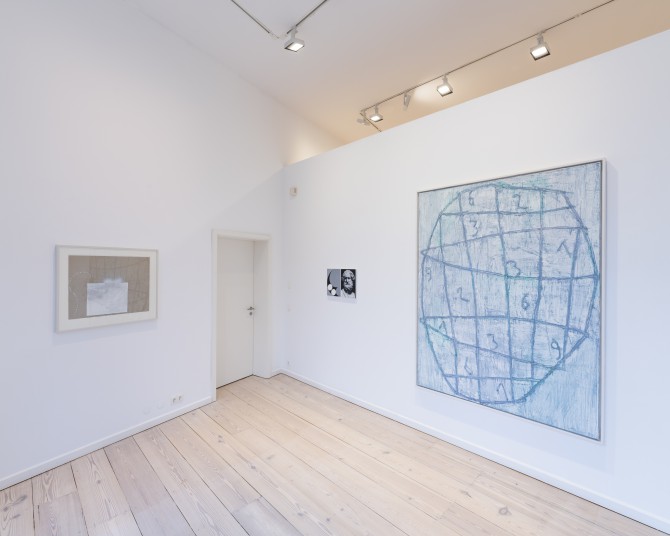
Installation View Galerie Georg Nothelfer. Gerhard Hoehme, Toni Mauersberg, László Lakner. Photo: Gernot Seeliger
Gerhard Hoehme, Untitled, 1968, Mixed media, collage on paper, 58 x 76 cm
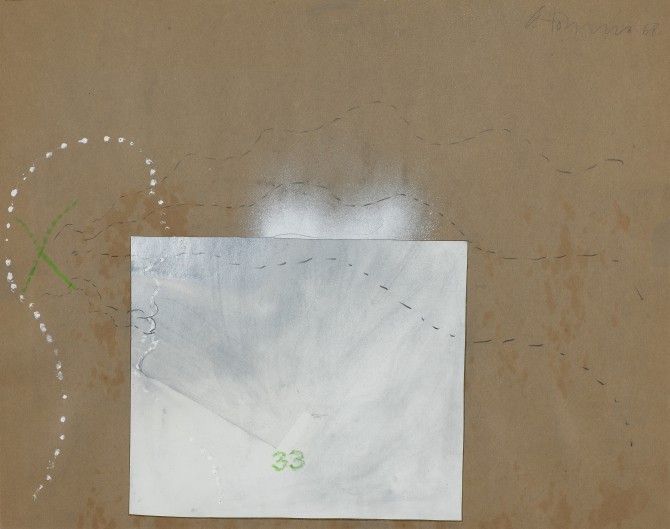
Gerhard Hoehme, Untitled, 1968, Mixed media, collage on paper, 58 x 76 cm
Toni Mauersberg, Theoria & Praxeus, 2021, Oil on canvas on wood, 36 x 26 cm
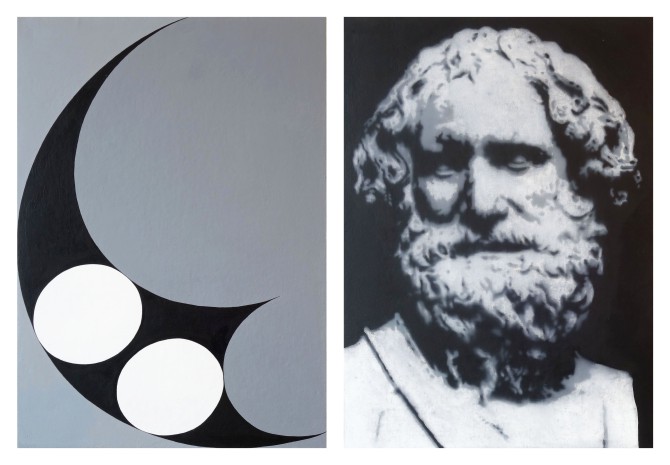
Toni Mauersberg, Theoria & Praxeus, 2021, Oil on canvas on wood, 36 x 26 cm
László Lakner, Zahlenkopf, 1994, Mixed media on canvas, 200 x 156 cm
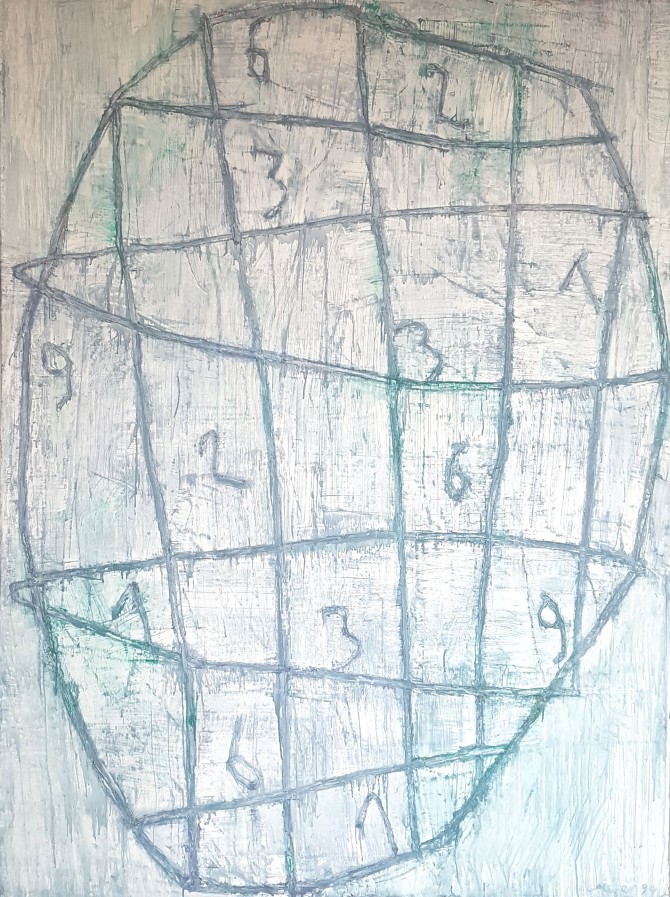
László Lakner, Zahlenkopf, 1994, Mixed media on canvas, 200 x 156 cm
Installation View Showroom Galerie Georg Nothelfer. Jan Voss, Emil Schumacher, Lothar Fischer. Photo: Gernot Seeliger
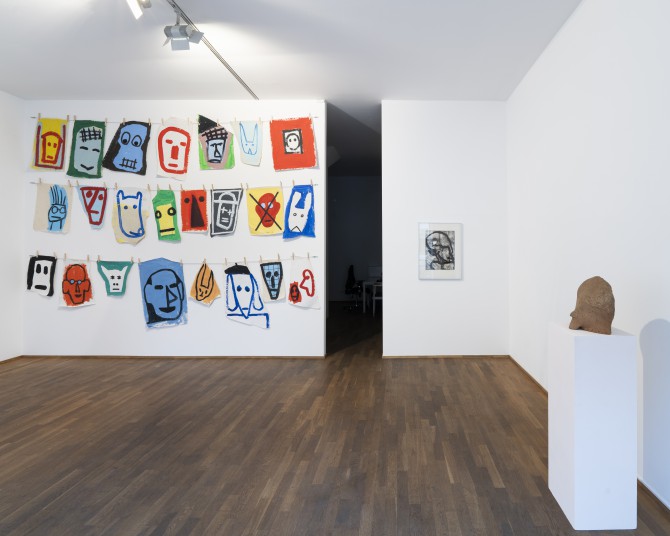
Installation View Showroom Galerie Georg Nothelfer. Jan Voss, Emil Schumacher, Lothar Fischer. Photo: Gernot Seeliger
Lothar Fischer, Helmmaske, 1978, Clay, Ed. 6, 34 x 45 x 20 cm
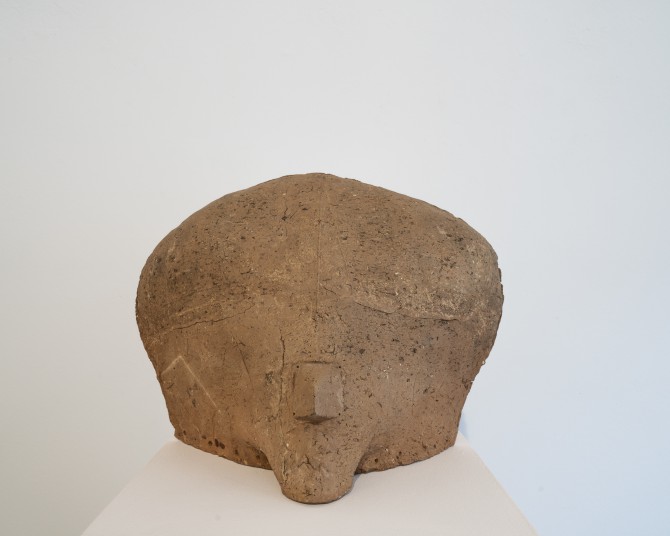
Lothar Fischer, Helmmaske, 1978, Clay, Ed. 6, 34 x 45 x 20 cm
Galli, Untitled, 1983, Mixed media, 47,5 x 65 cm (Showroom Galerie Georg Nothelfer)
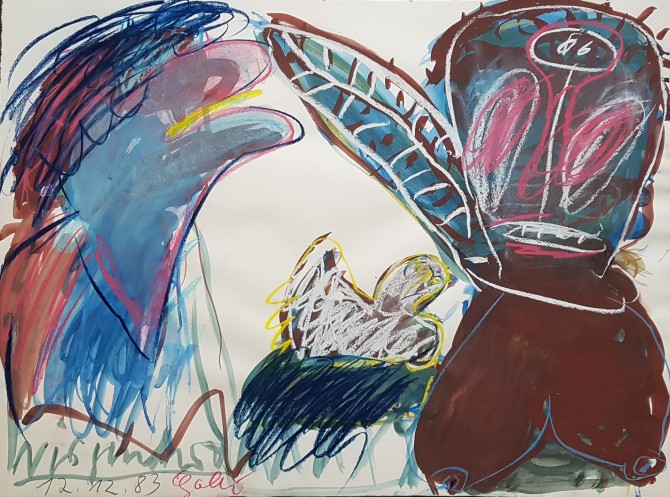
Galli, Untitled, 1983, Mixed media, 47,5 x 65 cm (Showroom Galerie Georg Nothelfer)
Installation View Showroom Galerie Georg Nothelfer. Jan Voss, Emil Schumacher. Photo: Gernot Seeliger
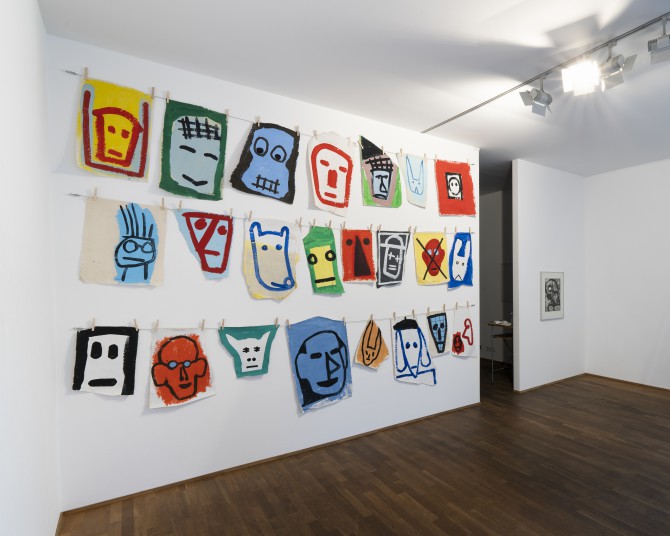
Installation View Showroom Galerie Georg Nothelfer. Jan Voss, Emil Schumacher. Photo: Gernot Seeliger
Jan Voss, Untitled, 2008-2021, Acrylic on canvas, size approx. 50 x 30 cm
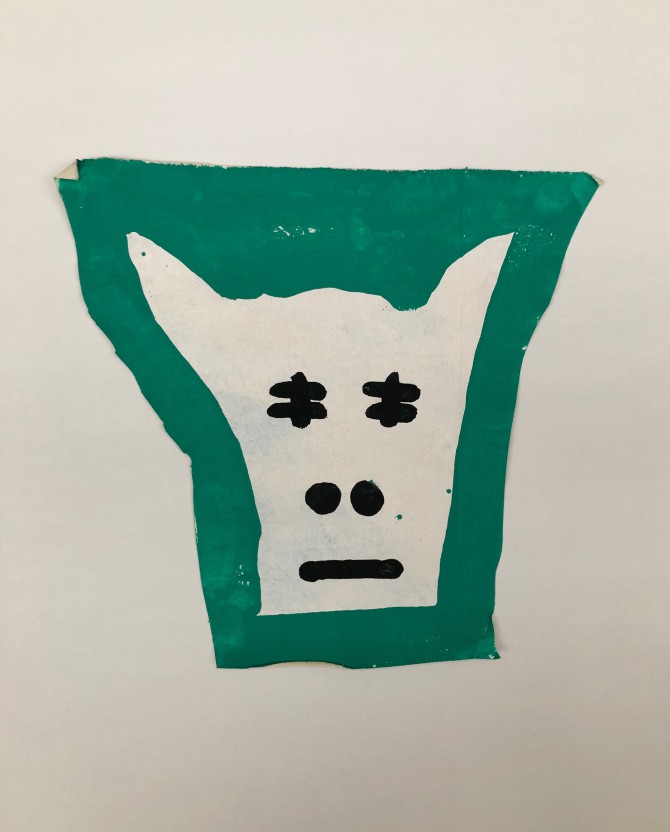
Jan Voss, Untitled, 2008-2021, Acrylic on canvas, size approx. 50 x 30 cm
Jan Voss, Untitled, 2008-2021, Acrylic on canvas, size approx. 70 x 50 cm

Jan Voss, Untitled, 2008-2021, Acrylic on canvas, size approx. 70 x 50 cm
Jan Voss, Untitled, 2008-2021, Acrylic on canvas, size approx. 50 x 30 cm
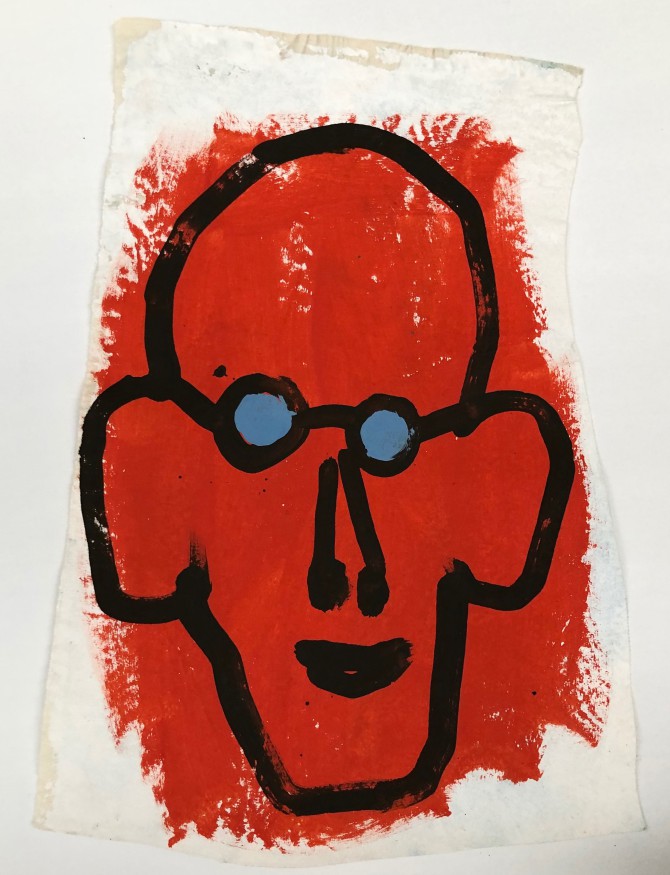
Jan Voss, Untitled, 2008-2021, Acrylic on canvas, size approx. 50 x 30 cm
head-to-head-to-head
Mahdad Alizadeh / Anonym / Horst Antes / Damien Daufresne / Lothar Fischer / Galli / Stella Geppert / Peter Gilles / Thomas Hartmann / Gerhard Hoehme / Christian Jankowski / Manuel Kirsch / Raimund Kummer / Karl L. / László Lakner / Britta Lumer / Toni Mauersberg / Jürgen Messensee / Henri Michaux / Max Neumann / Arnulf Rainer / Augustin Wilhelm Schnietz / Emil Schumacher / Sara Sizer / Walter Stöhrer /Jan Voss
March 5 – May 1, 2022 (Galerie Corneliusstraße 3)
March 5 - April 14, 2022 (Showroom Grolmanstraße 28)
March 5 - April 14, 2022 (Showroom Grolmanstraße 28)
Opening: March 4, 6-9 pm
Special opening hours during GALLERY WEEKEND (Galerie Corneliusstraße 3)
Fri, April 29 - Sun, May 1, 12-8 pm
"Our heads are round so our thoughts can change direction."
Francis Picabia (1879 - 1953)
An exhibition on the topic of "head", "head-to-head-to-head". Images and terms impose themselves: Smart head, hothead, stupid-head, curlyhead, cool head, egghead, bullhead, pighead, blockhead. Then, at the latest, a change of direction is indicated:
First change of direction: from the portrait painting of earlier centuries to large-scale photographs today, we look into a face, ask ourselves who this other person is, what makes them up, what is reflected in their face. Even death masks derive their fascination from that. And sometimes it is only when we look in a mirror that we realise how tired or weary we are. Perhaps the image before our eyes also blurs, becomes abstract, as if a stranger.
Second change of direction: "To be or not to be" Hamlet already mused with a skull in his hand. With the bony skull, we move from the individuality of the face to questions of general interest, to "ultimate questions" about origins, the meaning of life and the question of what awaits us after death. It is not only in the "Divine Comedy" that we are guided by powerful images - at all times artists have found images for our fears and longings.
Third change of direction: The fact that we can think about ourselves, about our fellow human beings, about the world, about philosophical and artistic issues - we owe all this to the brain encased in the bony skull. It processes our sensory perceptions, controls our actions, plans ahead, phantasises and dreams - but it is also prone to malfunction. In old age, it can become as full of holes as a strainer. Sometimes the brain develops into a breeding ground for fears, hallucinations and delusions. Some texts and pictures also bear witness to this.
Fourth change of direction: heads can learn to walk. In children's drawings, the image of the human being begins as a head-like structure on legs, as a so-called " head-footer". Many artists use this "most concise pictorial formula to represent a whole human being". We find such images from the Middle Ages to our own time, as well as in the work of artists we classify as "art brut" or "outsider art". Sculptures of head-footer animals can be found in cultures around the world and at all times in human history.
Fifth change of direction: The head may run away as a head-footer through the history of art and culture and show many other facets - but as Goethe already wrote in a letter of 10 July 1772 to Herder: "Poor man, about whom the head is everything."
(Text by Hartmut Kraft)